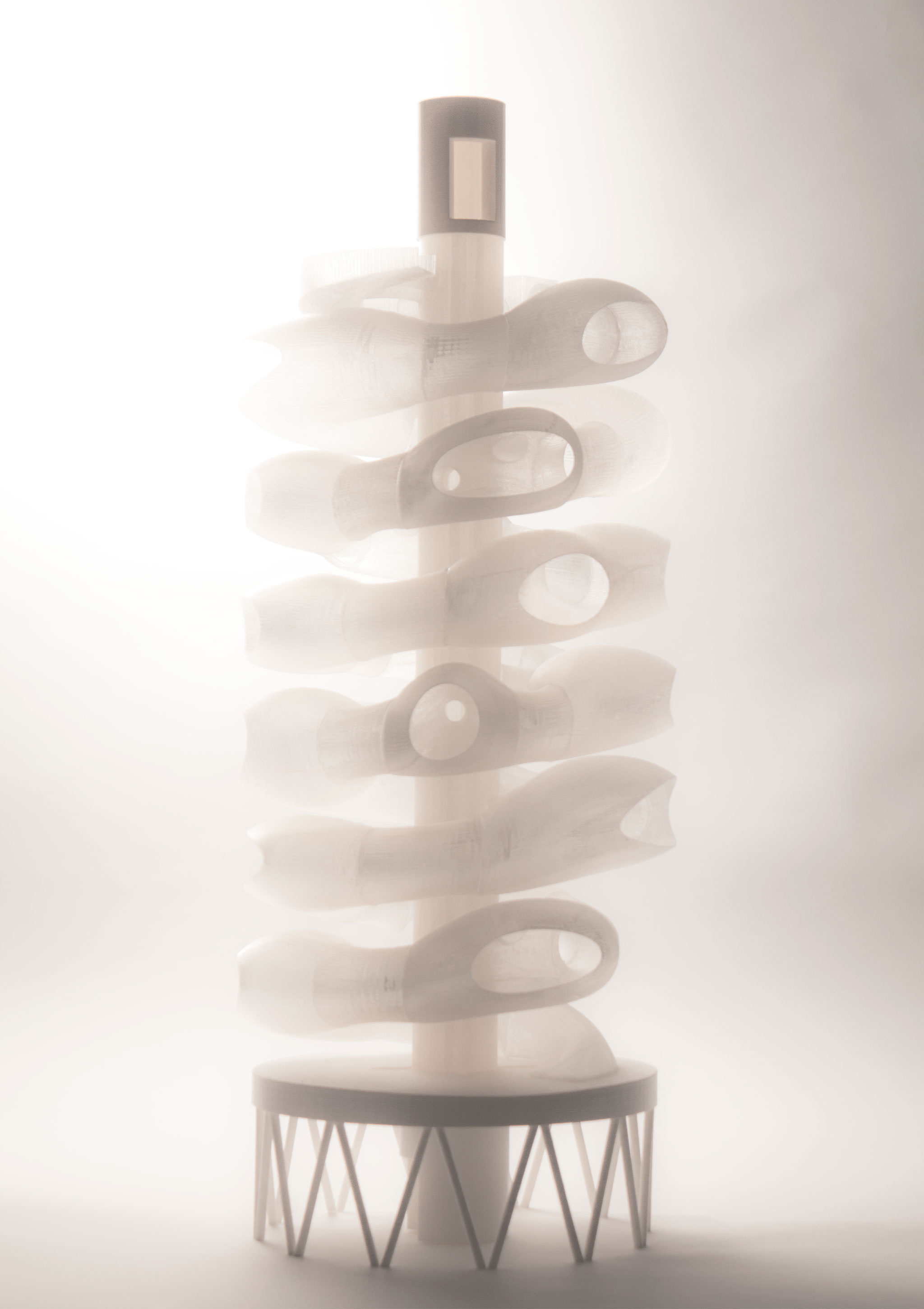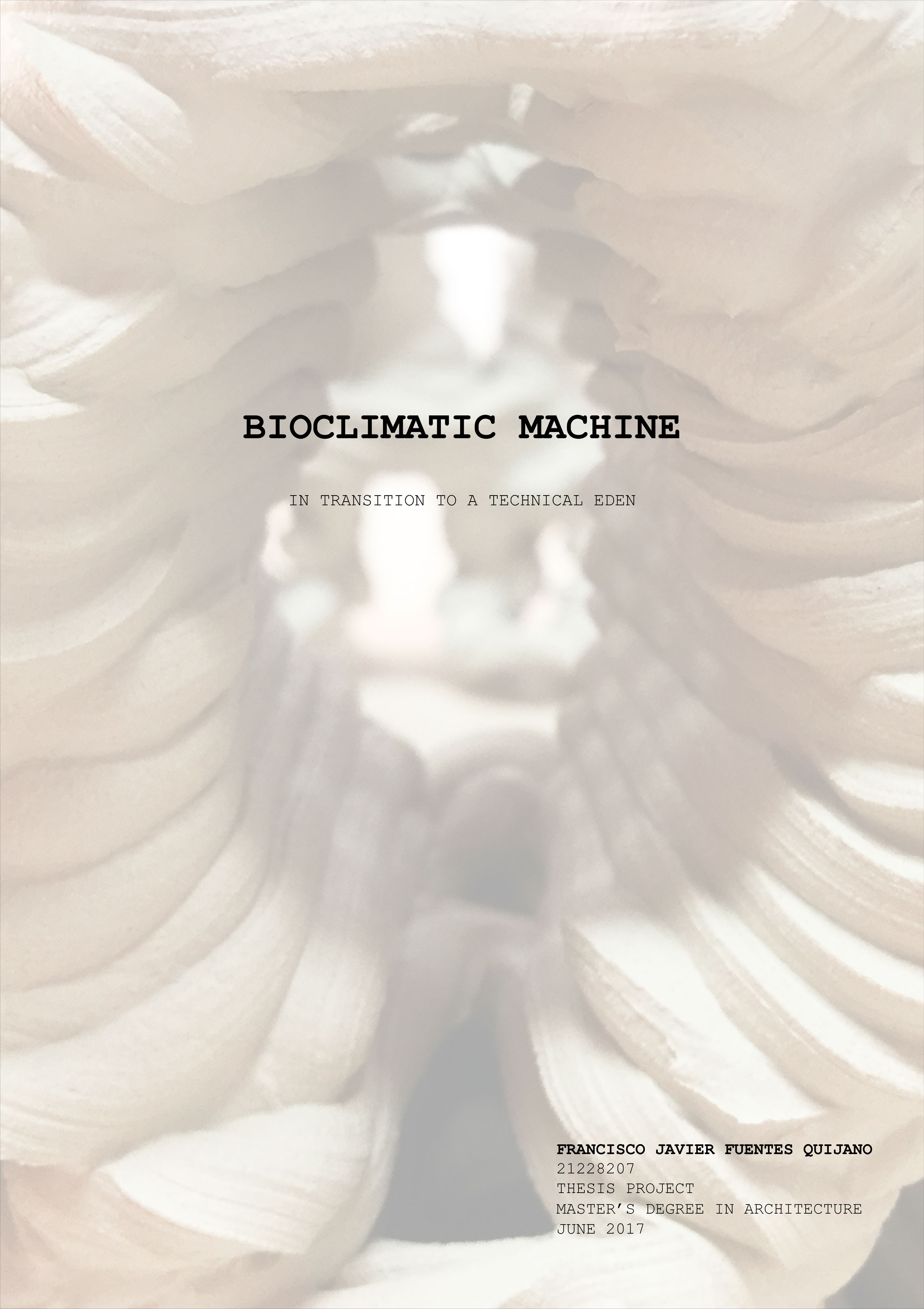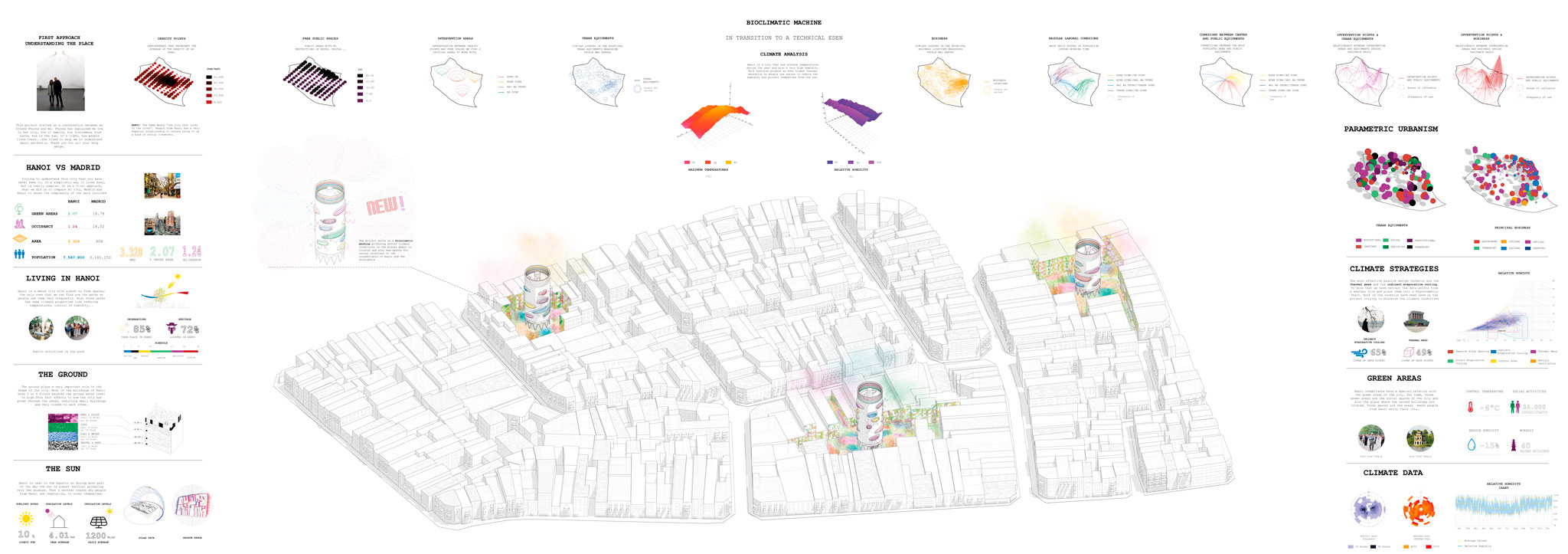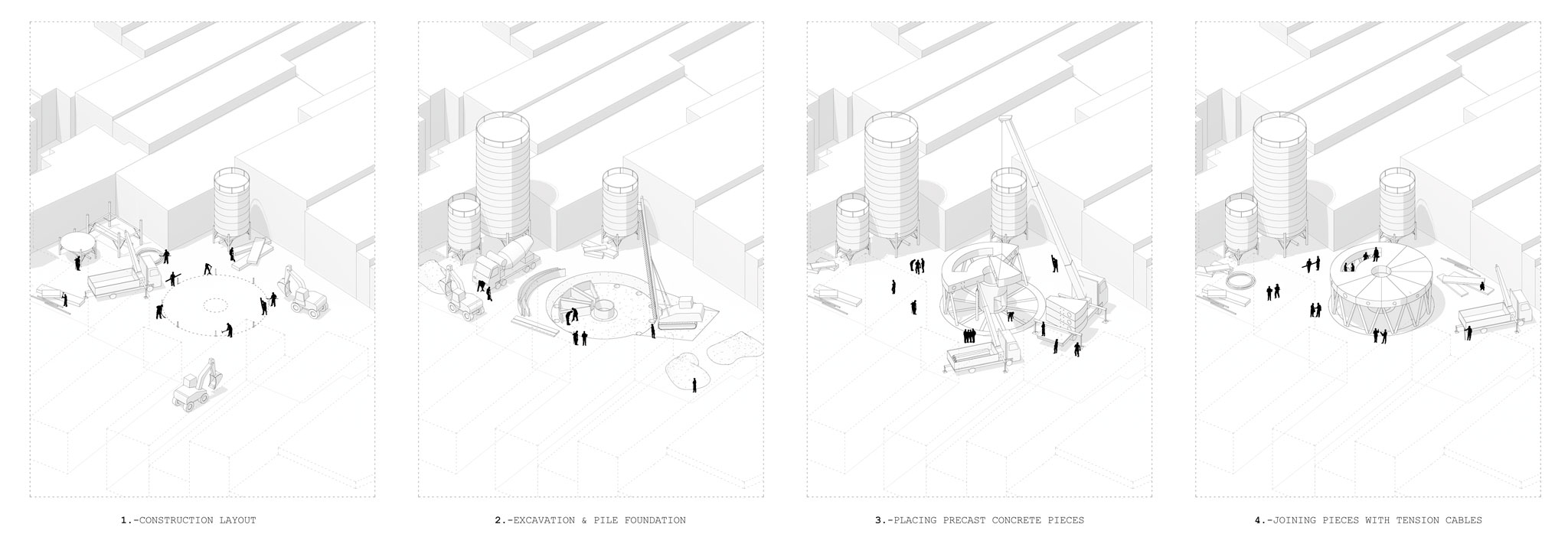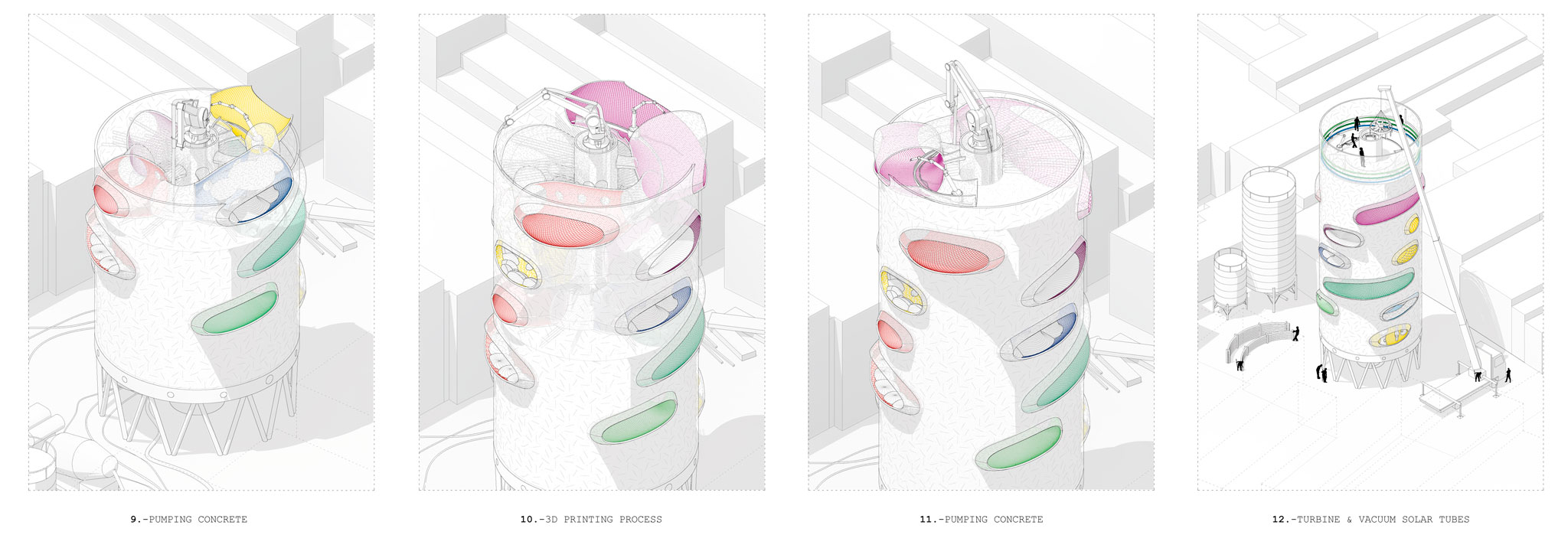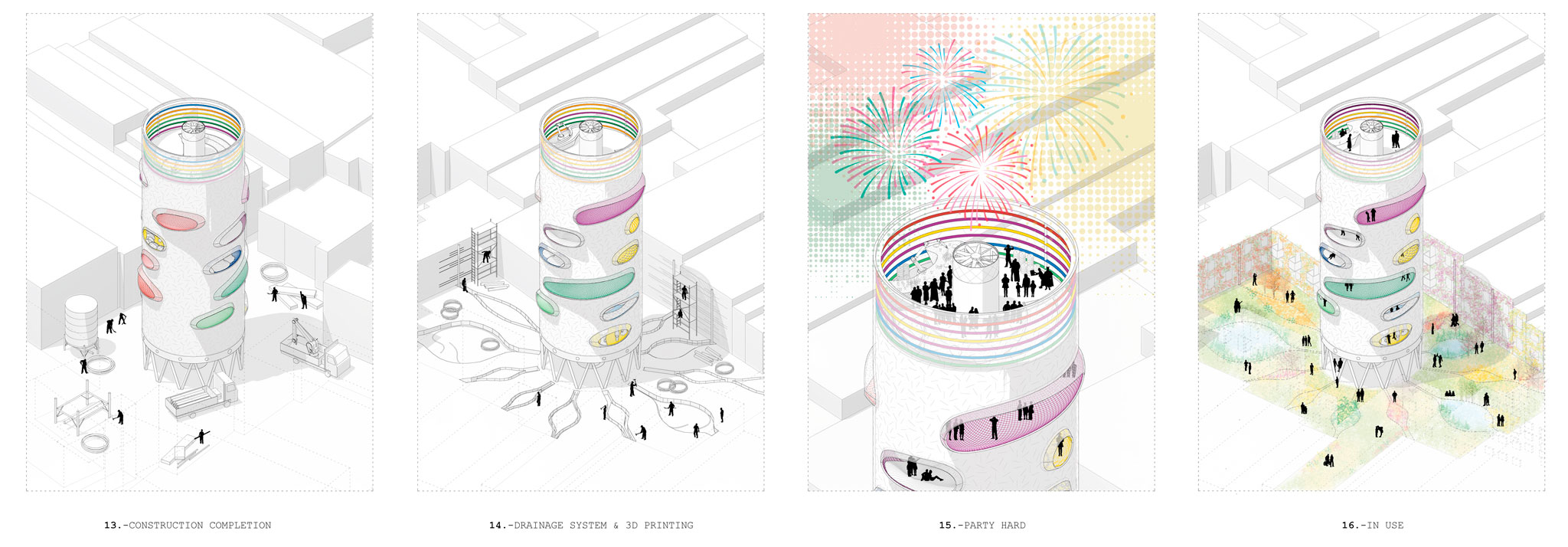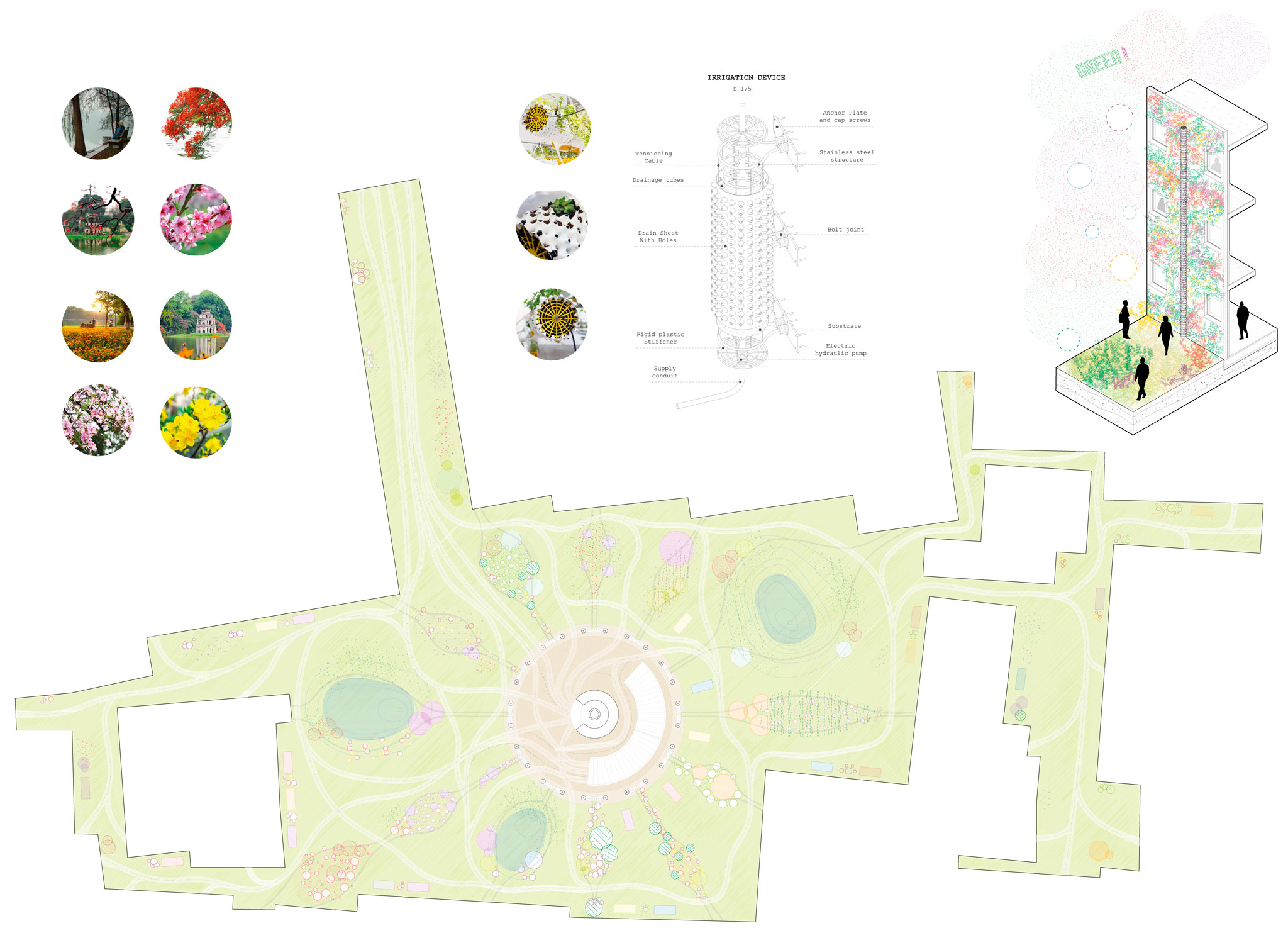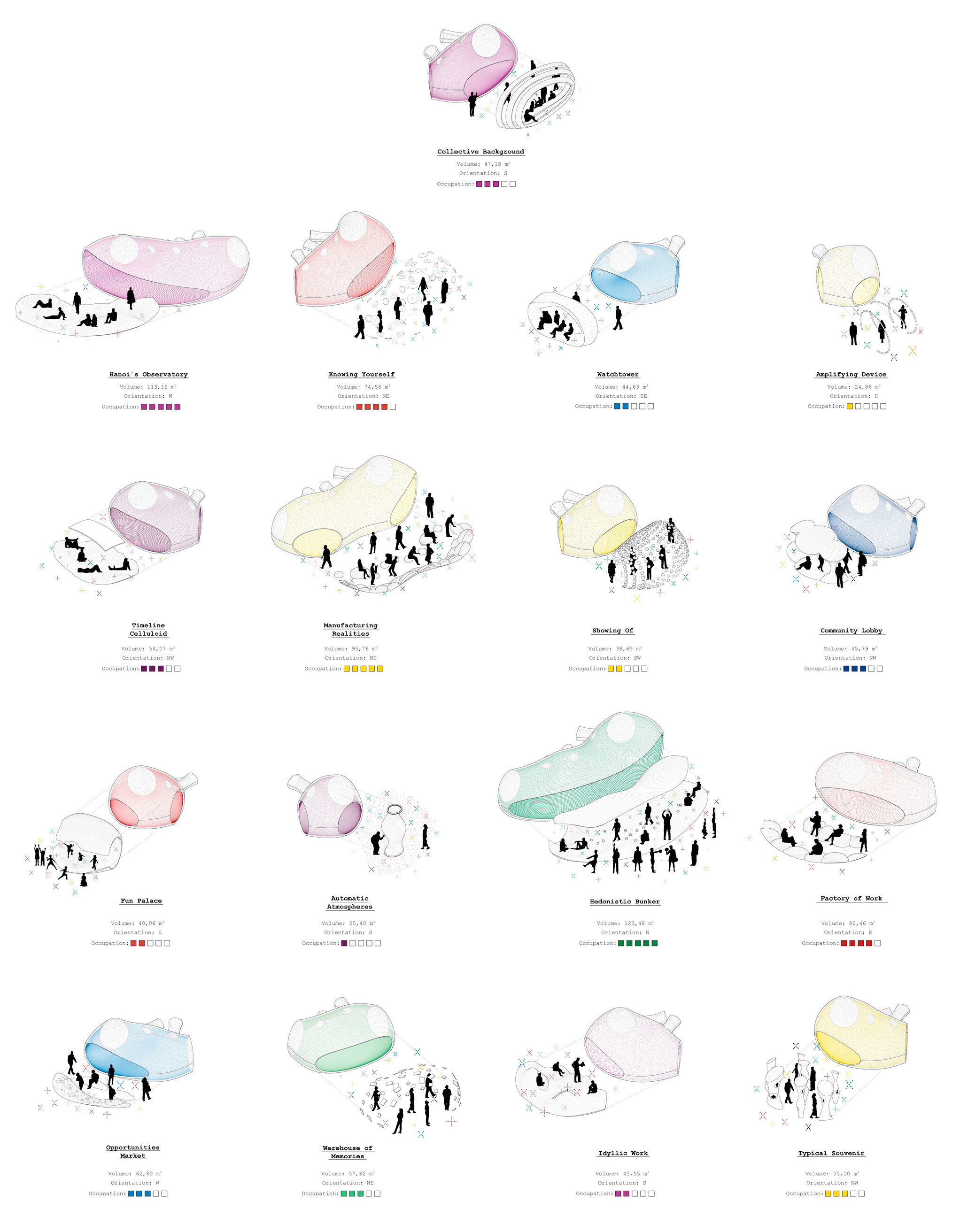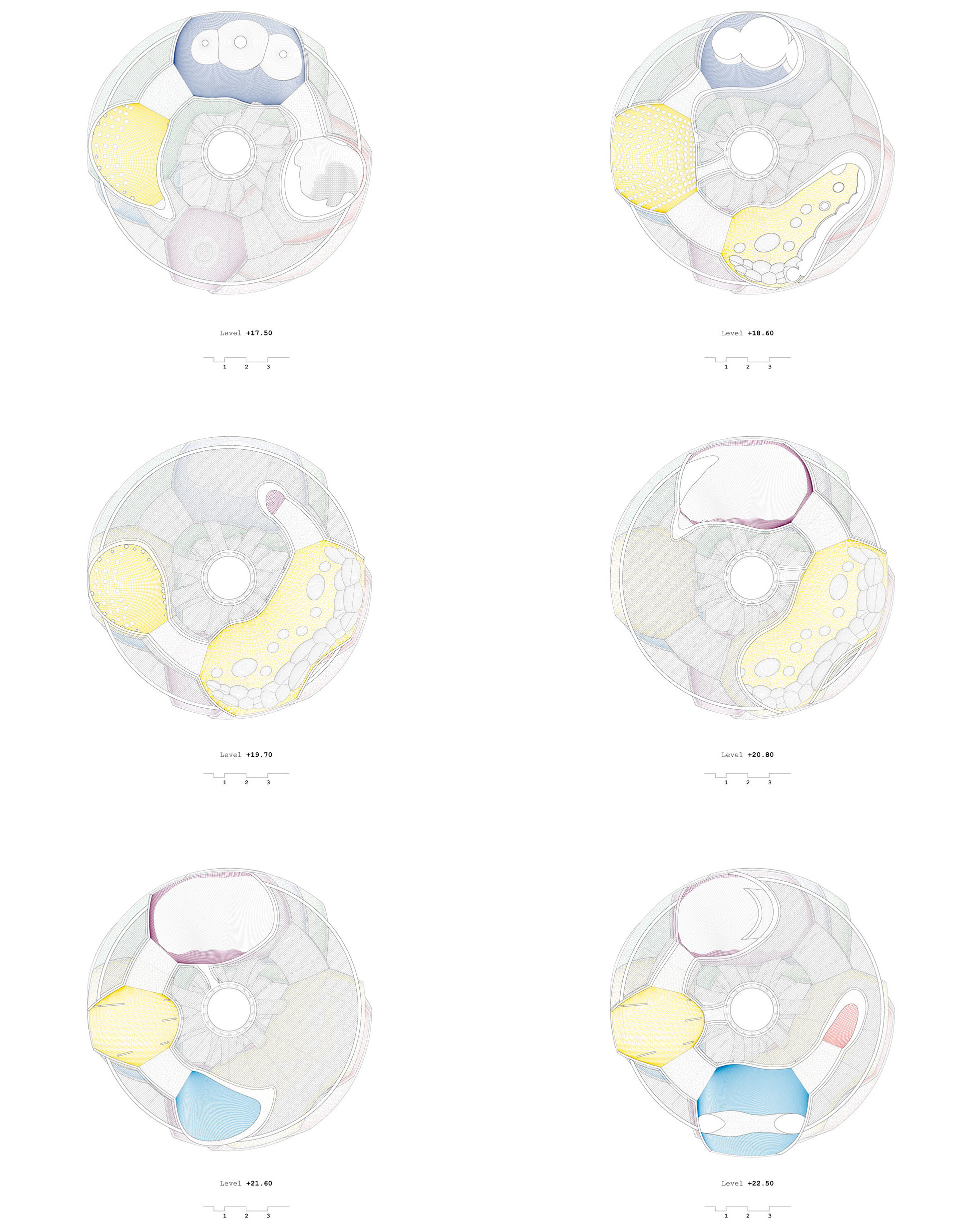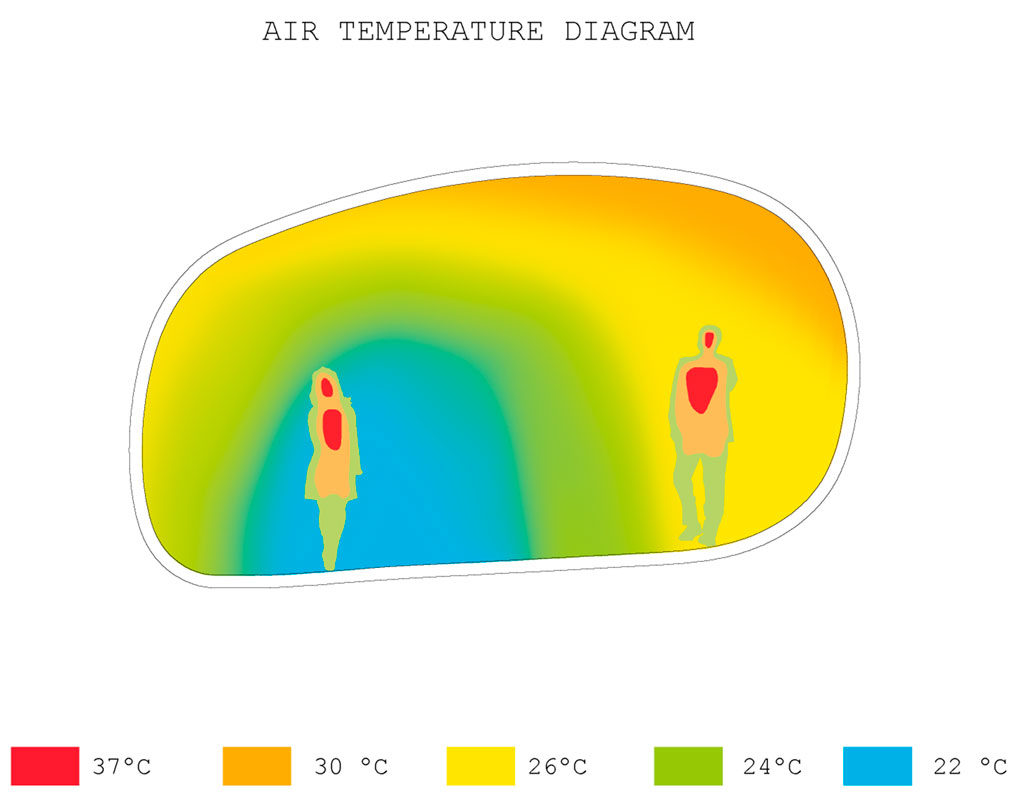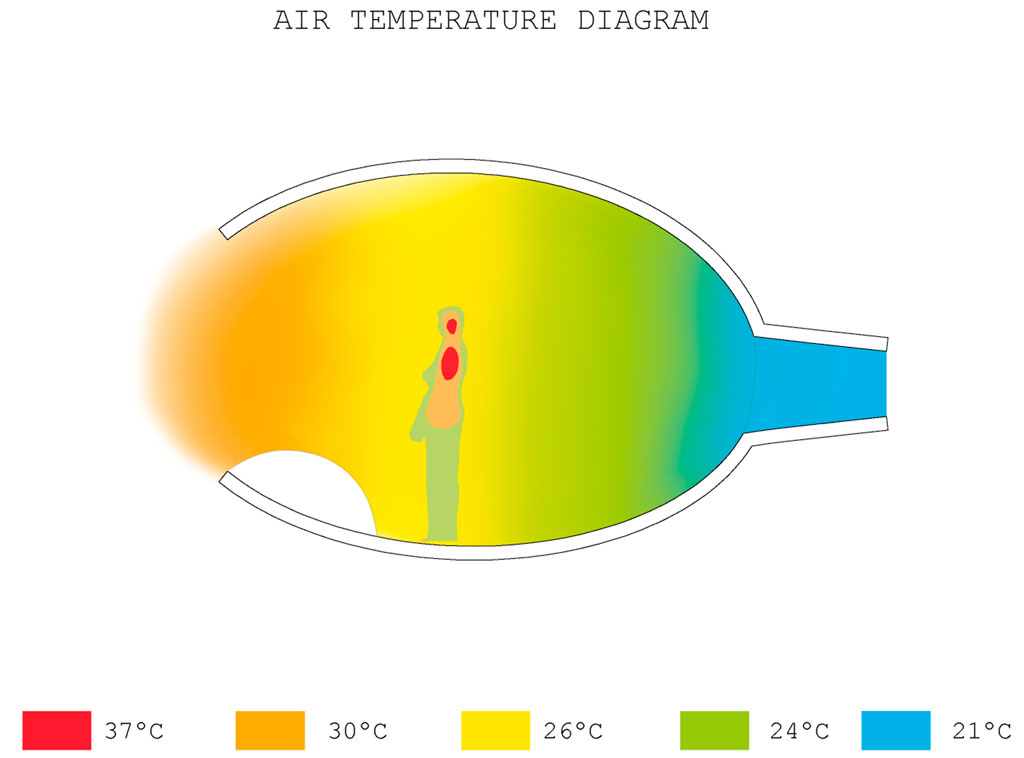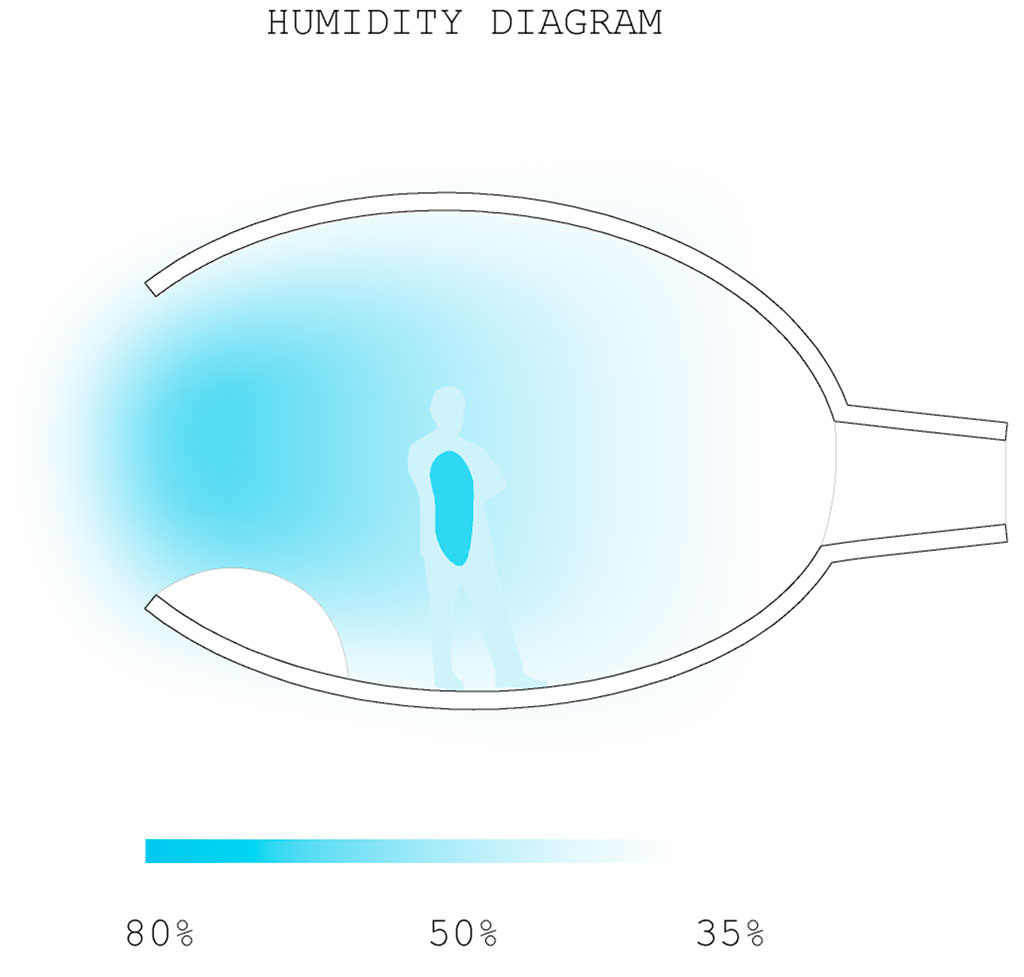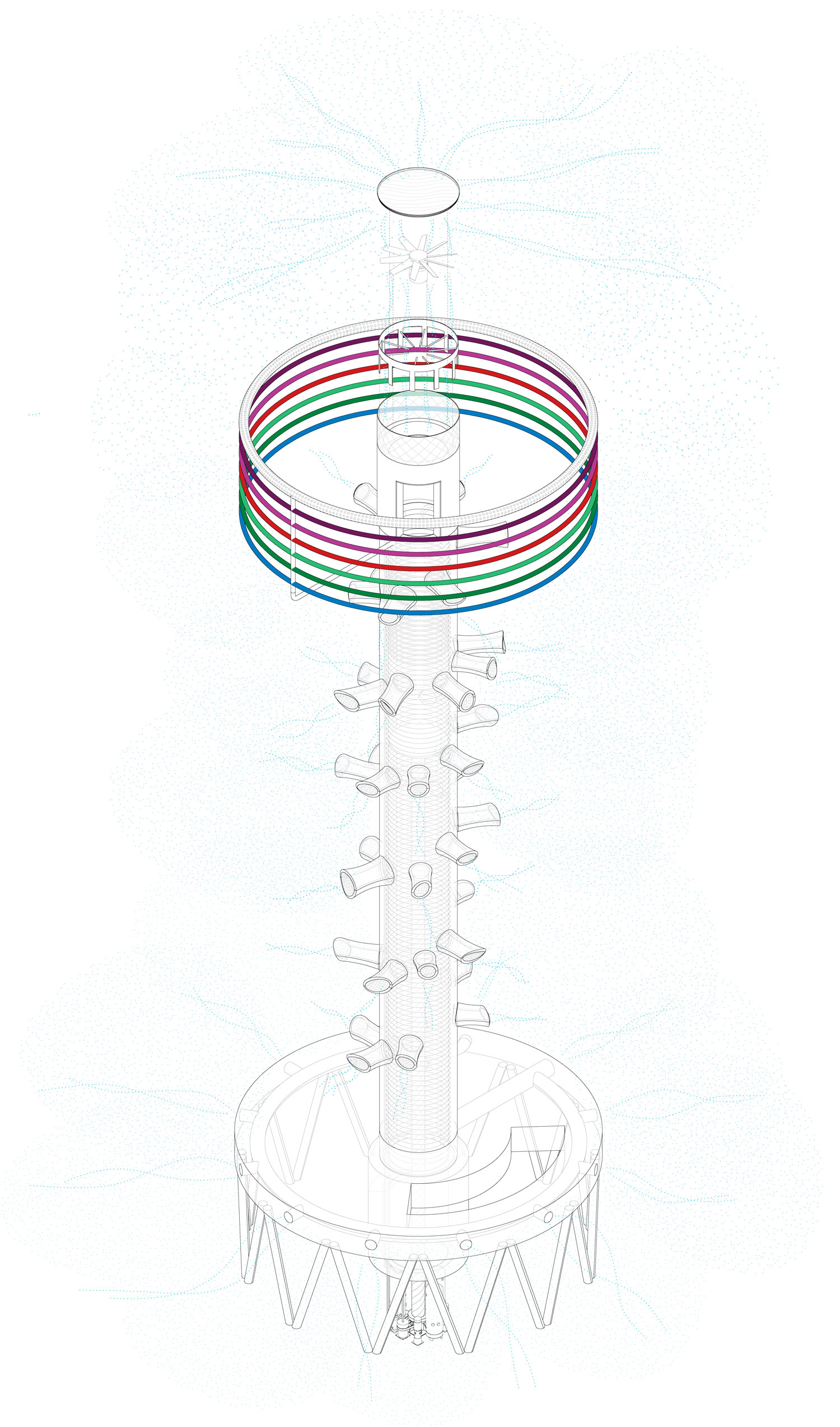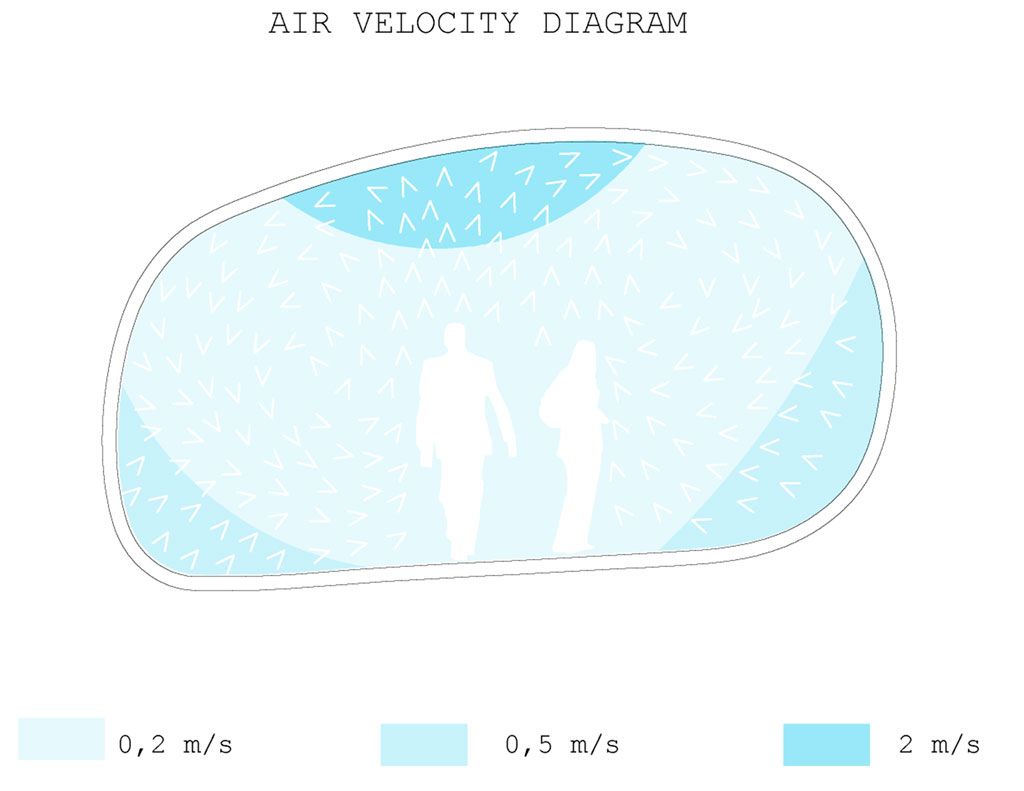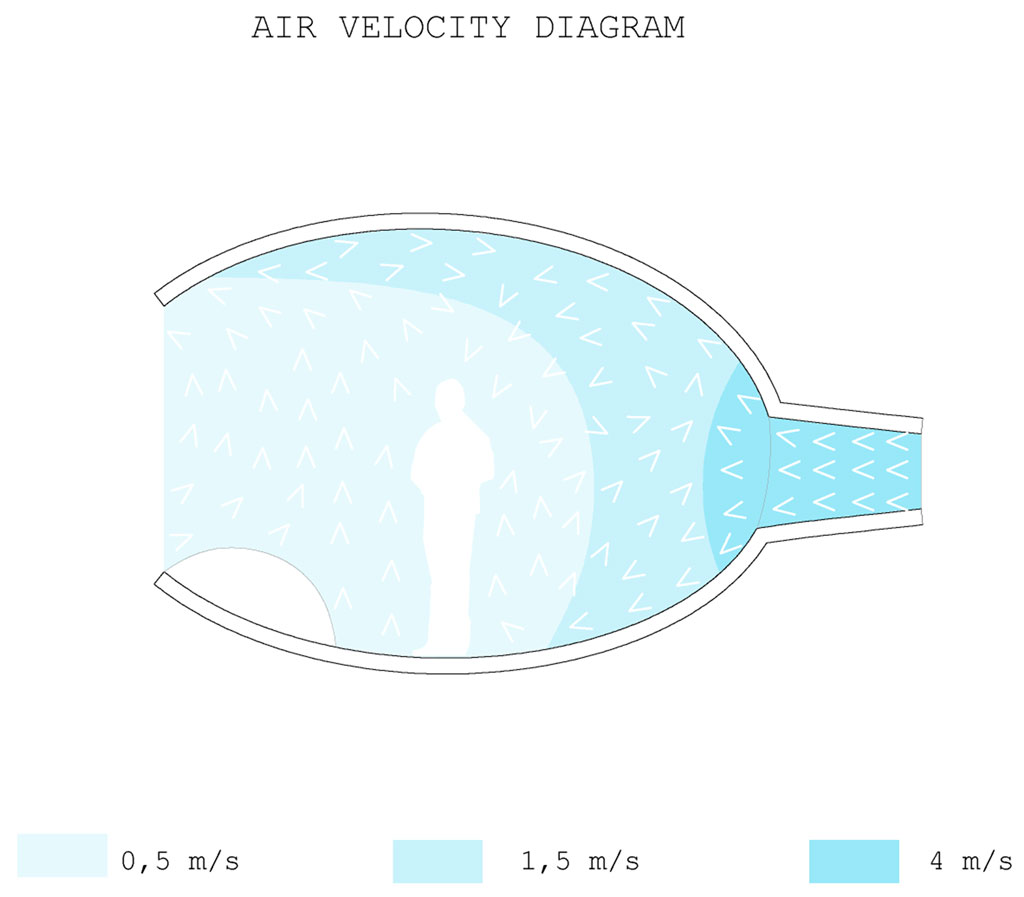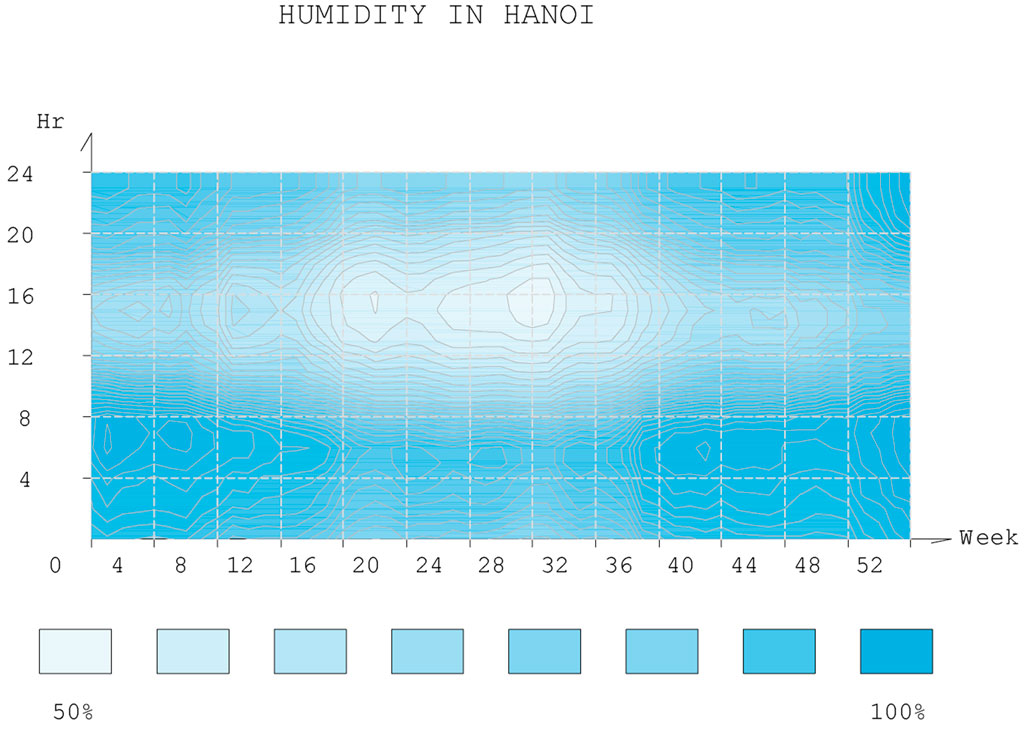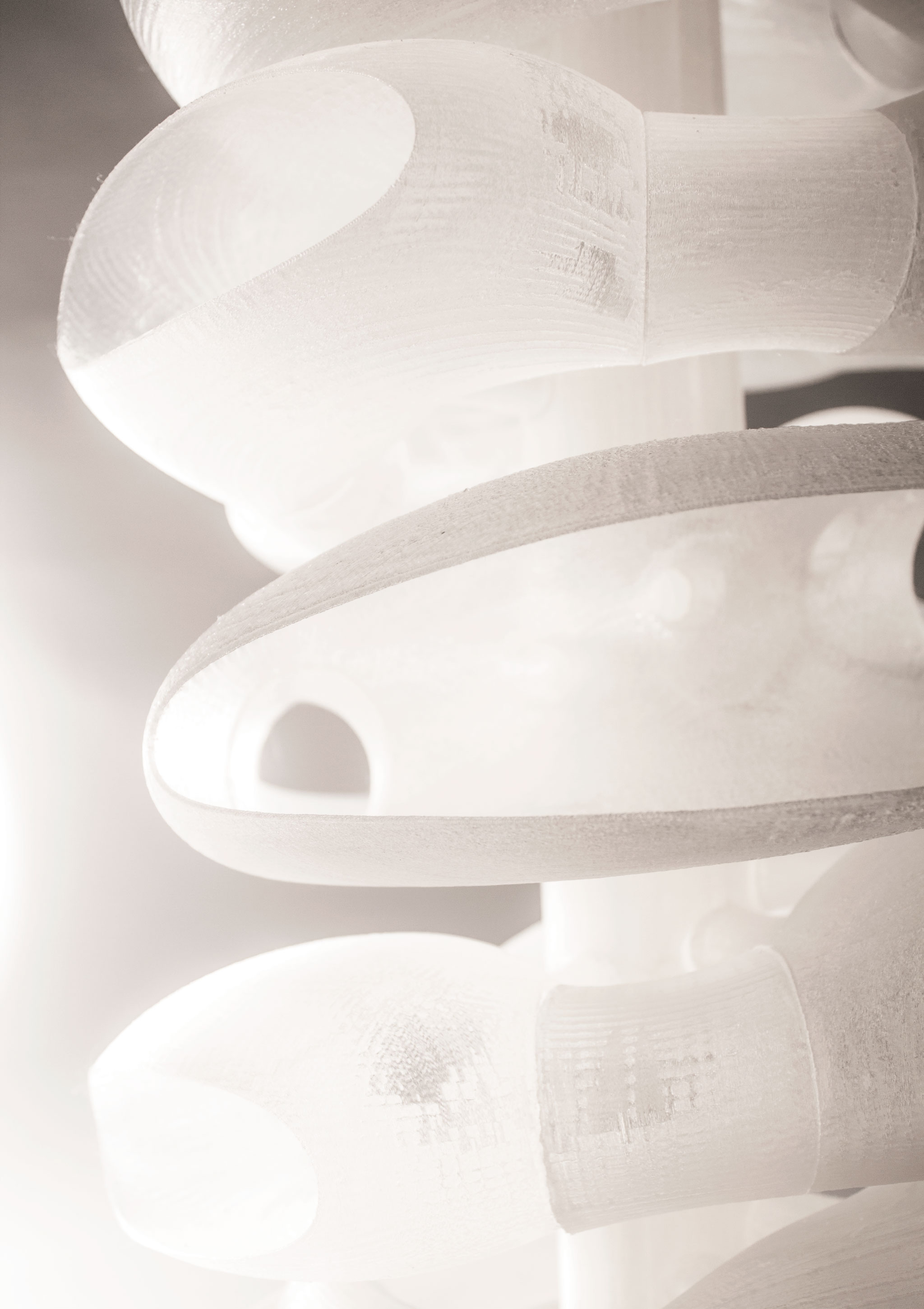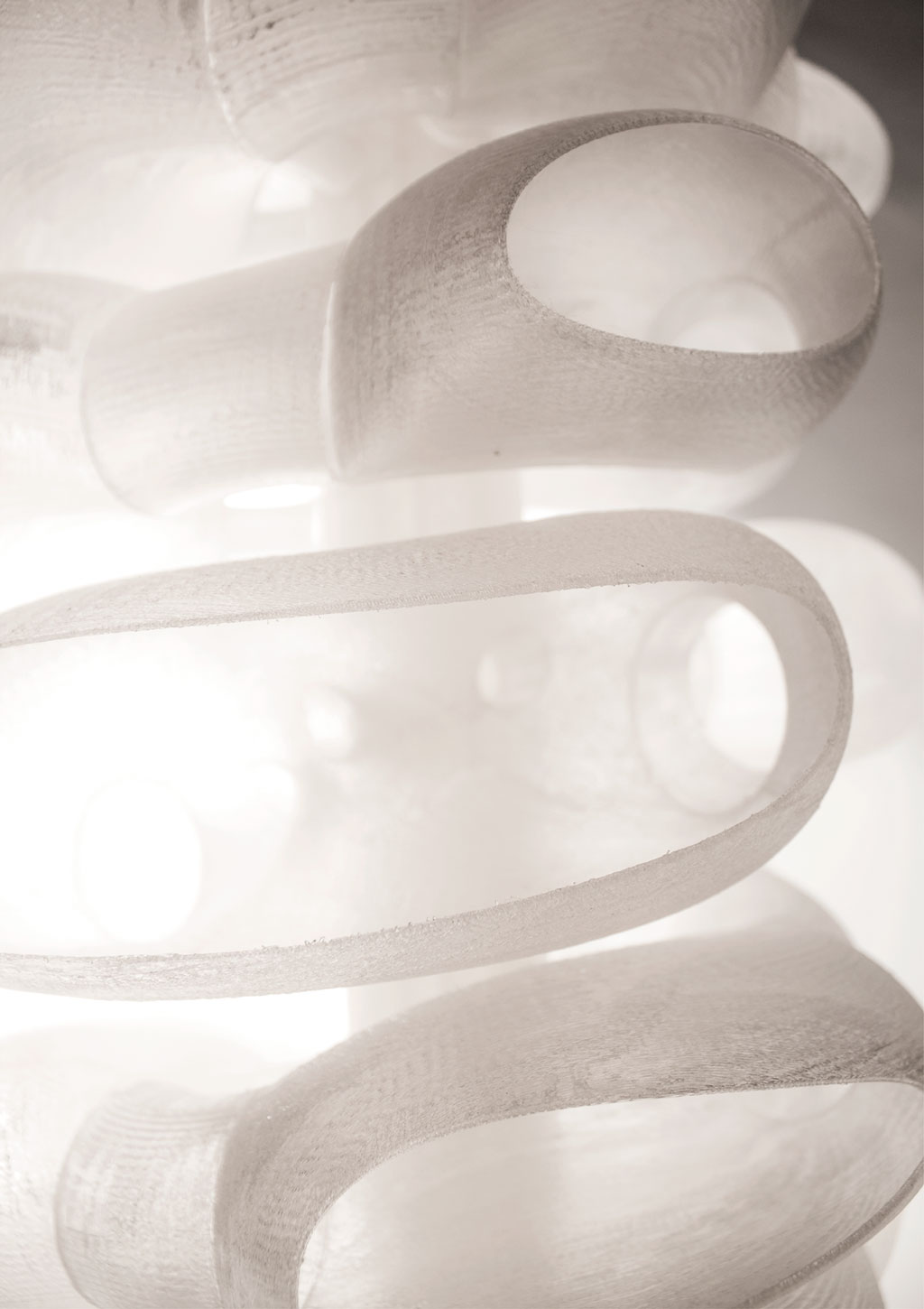BIOCLIMATIC MACHINE
Final Thesis Project
June 2017
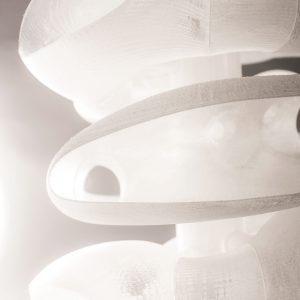
Bioclimatic Machine is a two-year research project where algorithms, digital fabrication, BIM models, GIS data files, weather & environmental analysis have been implemented into the design process to enrich the dialogue with the preexisting conditions. The project settles in the city of Hanoi, the capital of Vietnam. Hanoi is a high dense city whit a few free spaces, urban parks. Those parks play a crucial role in Hanoi’s inhabitants’ lives because they work as natural climatic devices reducing the adverse climatic conditions and hosting much of the city’s social activity. Hanoi means “the city that looks into the river” and the relation of the inhabitants with nature is strong and has been developed a long time ago.
The project tries to recreate this situation incorporating new free spaces inside the city’s dense urban structure. It creates new vertical free spaces with an artificial climate applying efficient passive techniques of this area. It intends to create an artificial atmosphere where social relations will take place. The project learns from the past and the existing conditions to project them into the future.
Awards
– 2nd prize at Arquideas International Youth Architects Competition.
– Honourable Mention at LAKA foundation international competition “Architecture That Reacts”.
– Graduated with honours from Universidad Europea de Madrid.
– Selected Project for RIBA accreditation at Universidad Europea de Madrid.
Credits
-Main model photos: Omar Miranda García
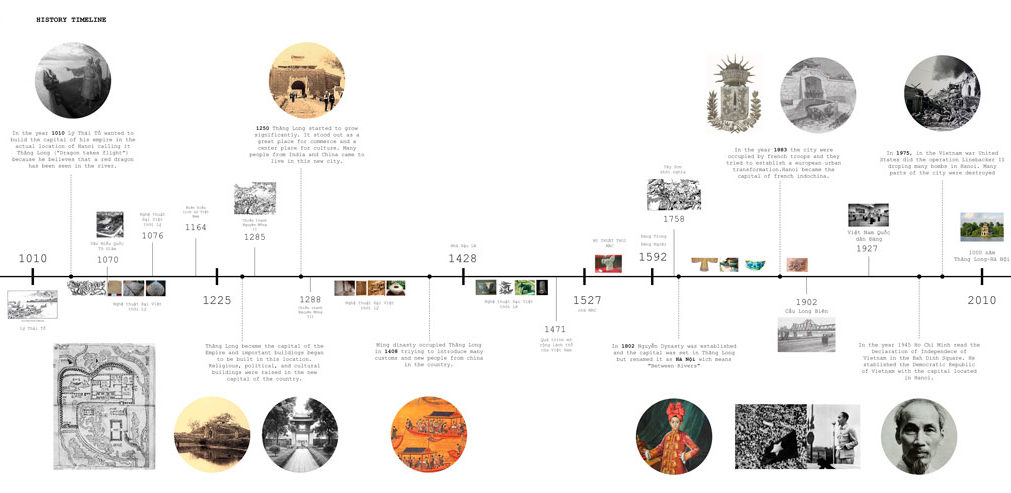

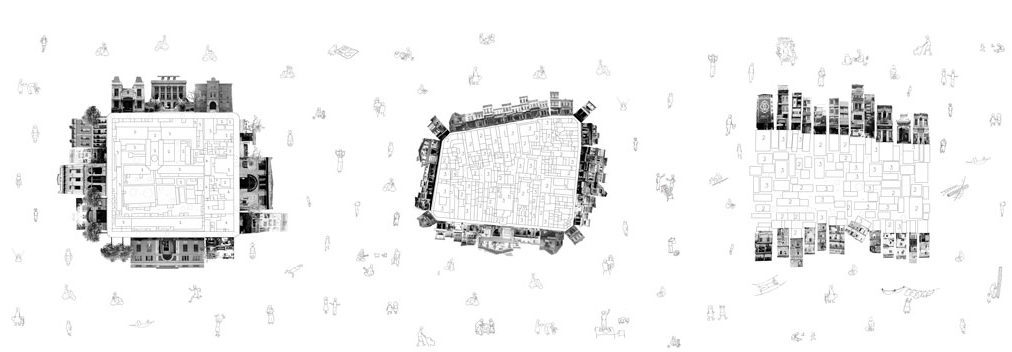
Urban Analysis
All the information required to perform the urban analysis is extracted from a GIS database. Afterwards, It is organized, processed and represented in an understandable way allowing us to grasp urban city patterns, behaviours, and the correct places to implement the project inside the existing urban structure. Playing with data, merging different types of information’s layers and finding common intersections between them reveals new opportunities, new behaviours and different and more deep ways to understand Hanoi and its inhabitants.
Construction Process
The project tries to find a new architecture that answers (or at least opens up new questions) to the city inhabitants’ demands and global considerations such as climatic change, recycled materials, and zero emissions buildings. Digital fabrication processes and new construction techniques are embedded in the design process to achieve those goals and to modify preconceptions of how buildings should be built or who should build them.

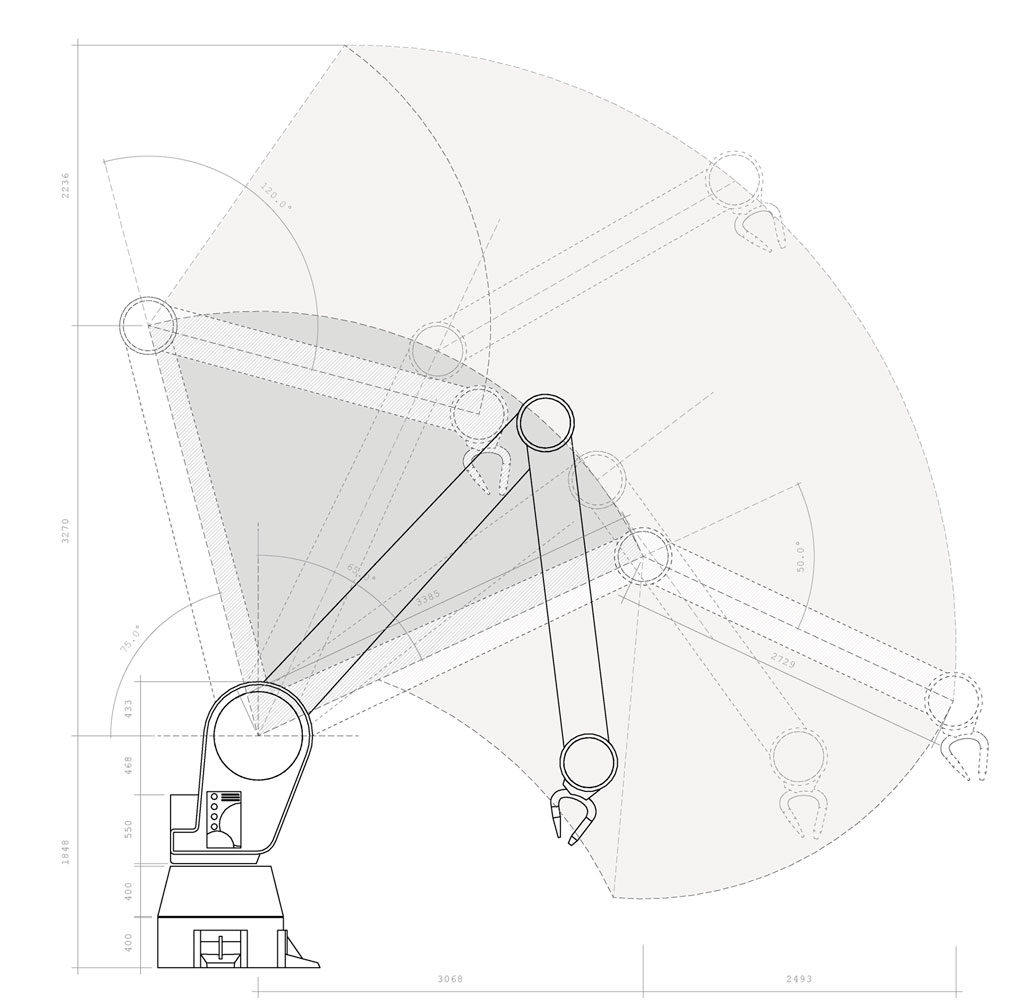
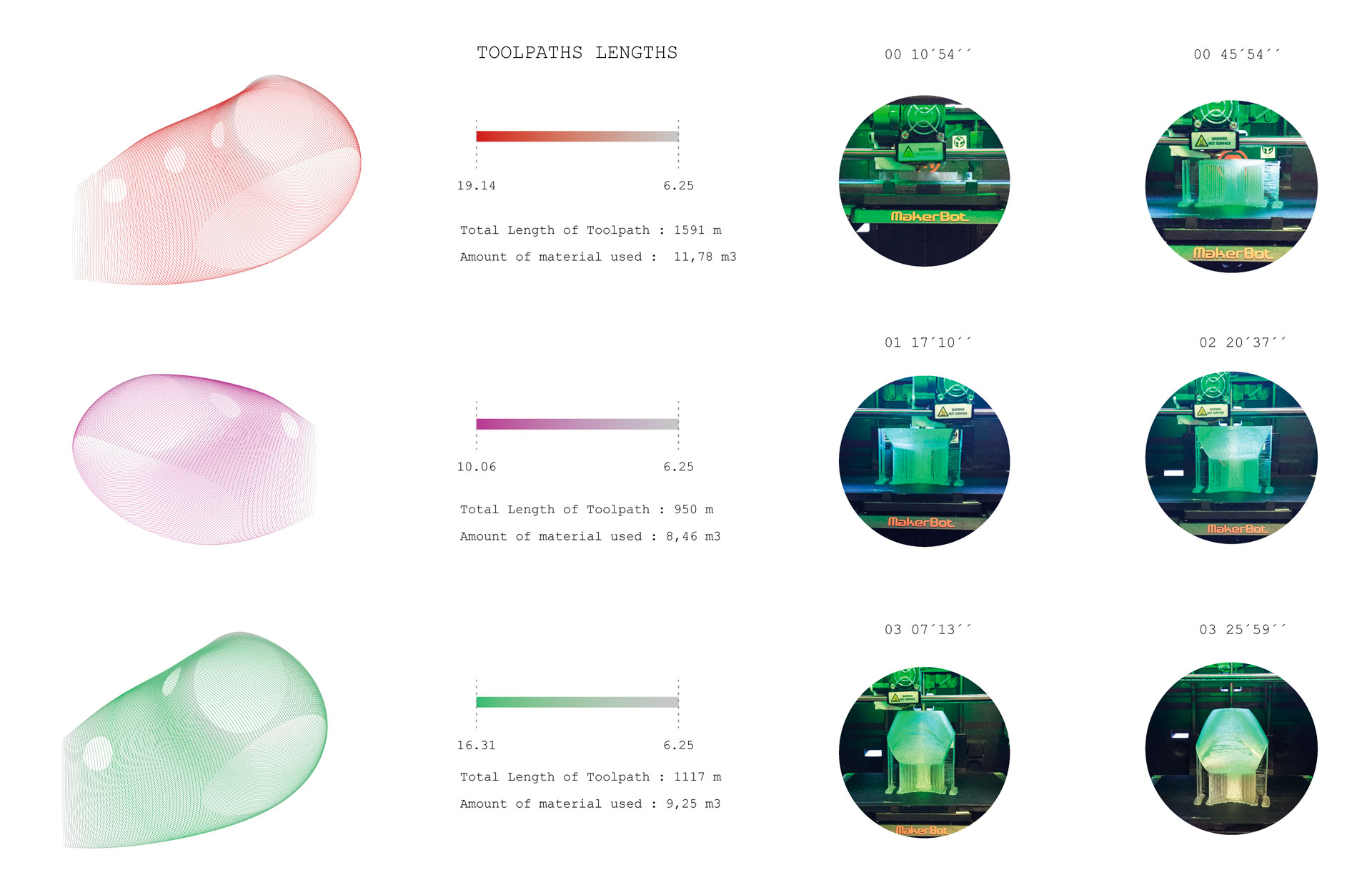

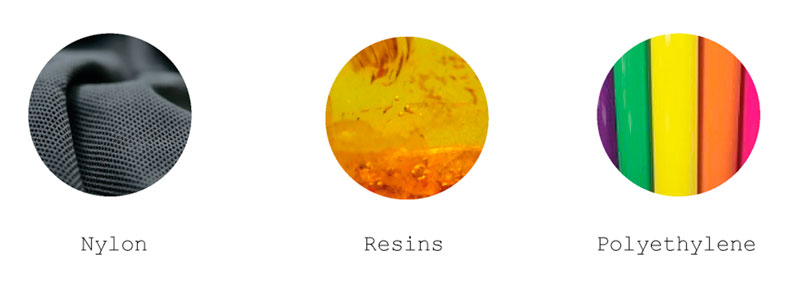
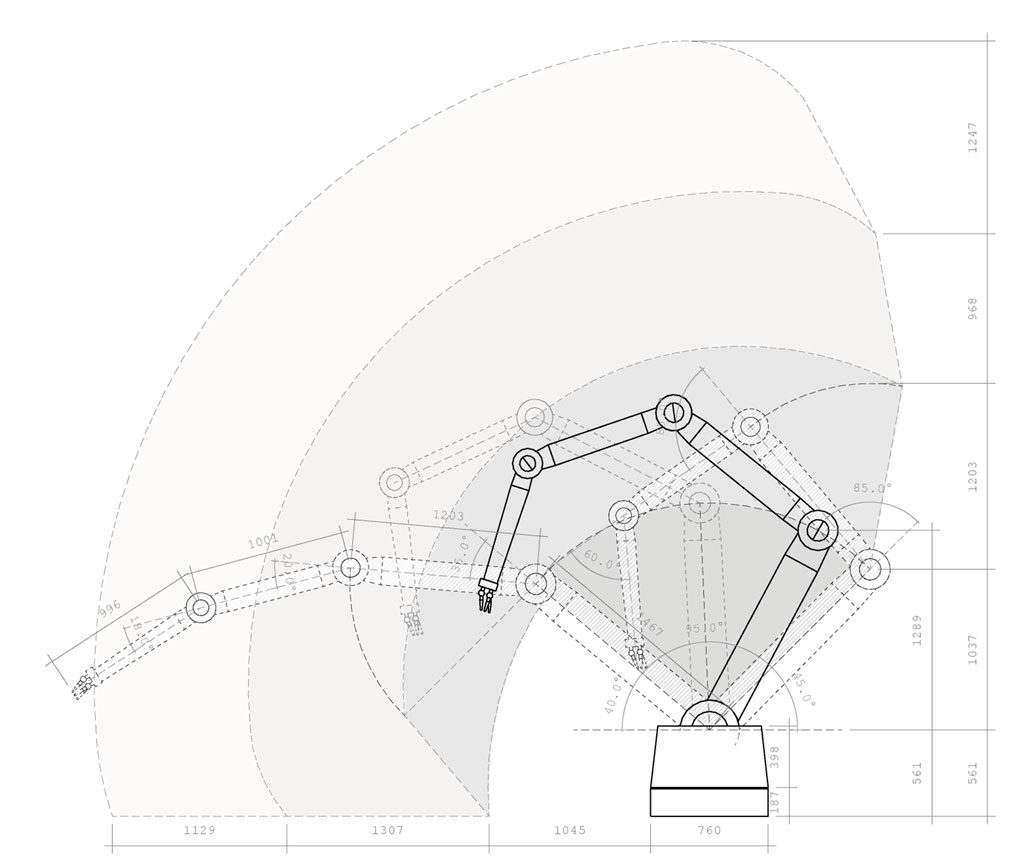

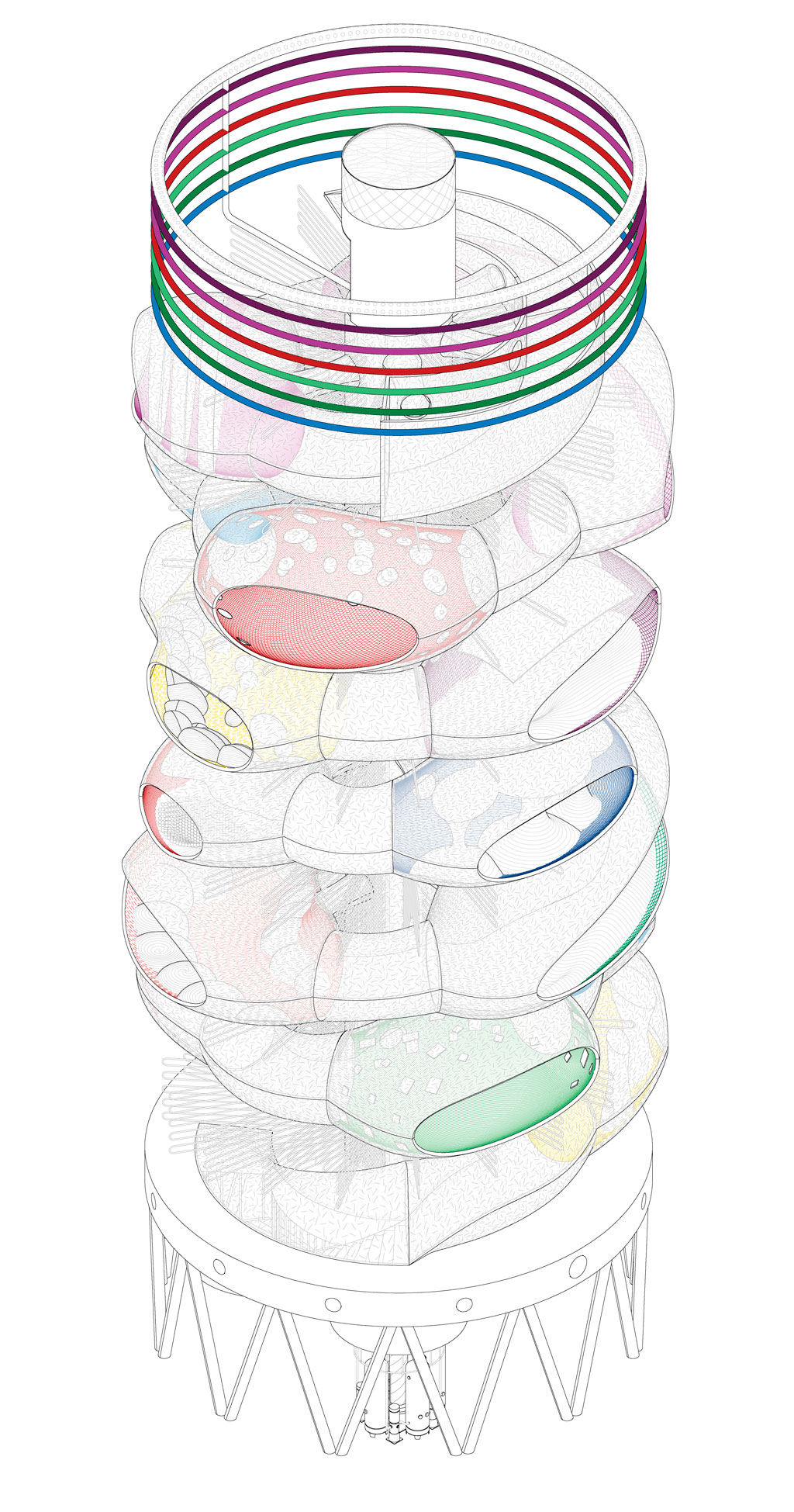

Site Location & Program
The project sets new free spaces inside the dense urban structure of Hanoi. It introduces some artefacts that serve as irrigation devices spreading water and food resources to produce local vegetation in horizontal and vertical surfaces. Each site’s program is extracted via the GIS database and organized on the interior, creating new vertical public spaces connected through a ramp.
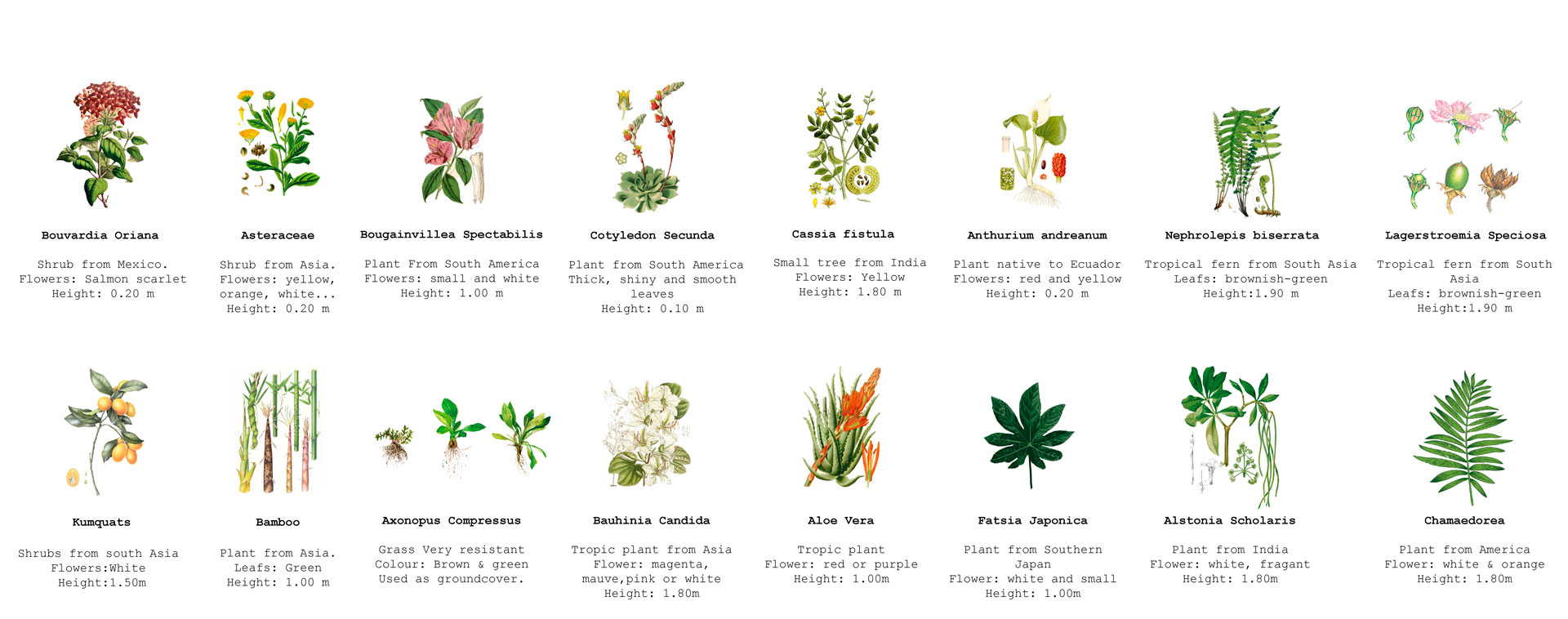

Passive Technics
The project is a massive heat exchanger. It uses an open cycle system grabbing groundwater on the site to pump it into a helix-shaped pipe exposed to air. A turbine, placed at the top of the building impels air into the exchanger, which is expelled as fresh air into the programmatic volumes and to the new green plaza
Climatic Isovolumes
Different wind analysis are carried out in order to simulate and understand fluid system behaviour inside the modules. A Computational Fluid Dynamics (CFD) process is developed to ensure interior comfort and to understand airflow. Air circulates mainly through the upper part of the volumes allowing fully functional use of the space. The result shows a remarkable improvement in the interior conditions due to reducing exterior humidity and temperature.
Air Velocity Model
Solid areas of the diagrams outline the airflows. Colour gradient represents the air temperature, and air direction is displayed as lines or vectors.
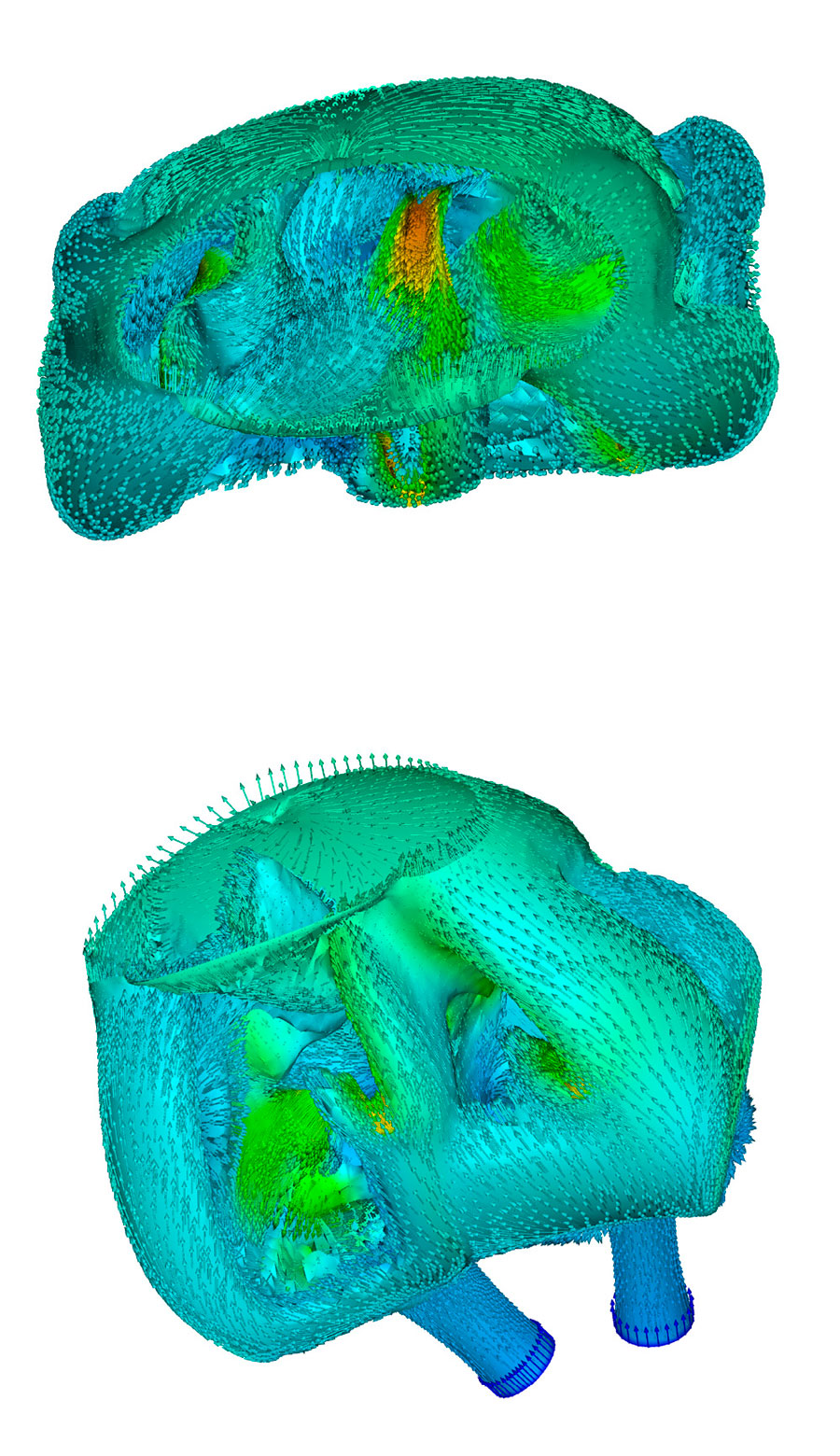
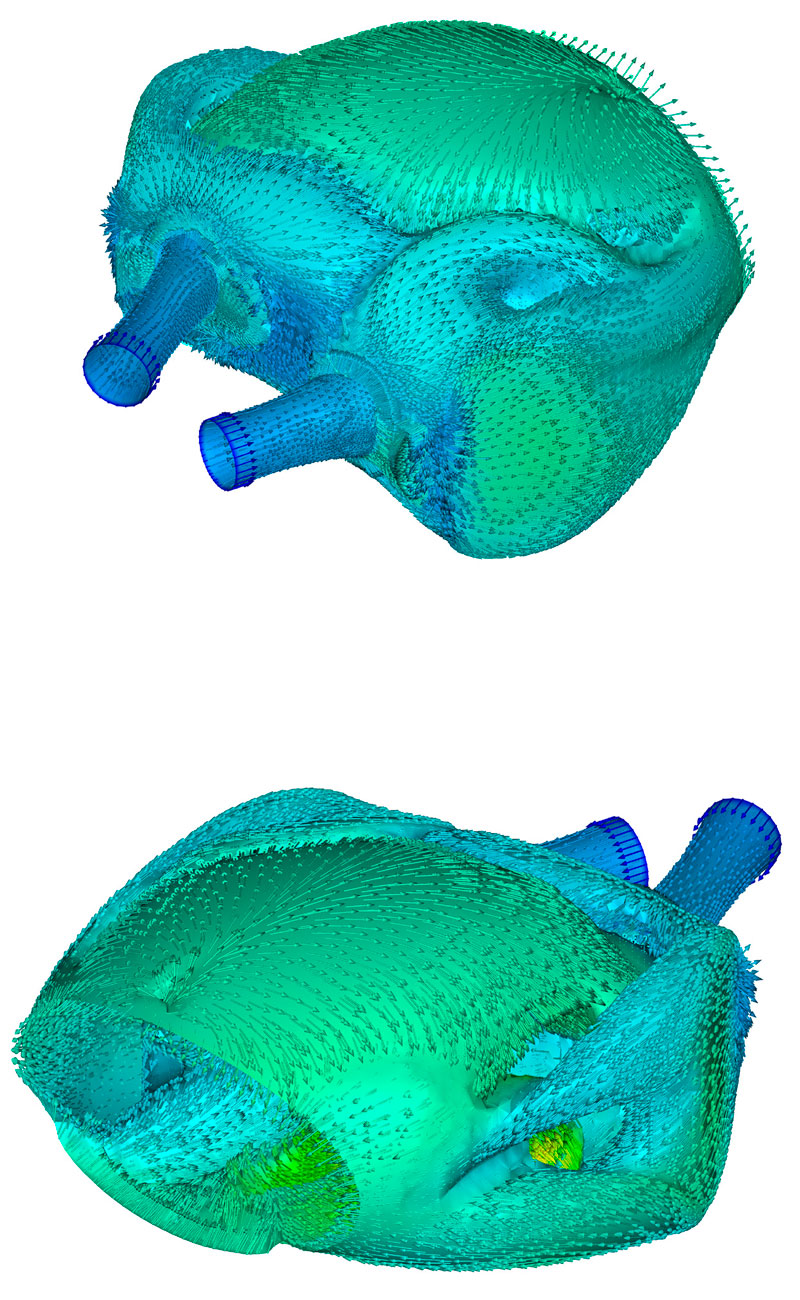
Air Pressure Model
The diagram outline the highest pressure locations and the temperature is represented through a colour gradient. Inner air volume is calmed due to air filters located at the expelling tubes of each volume.
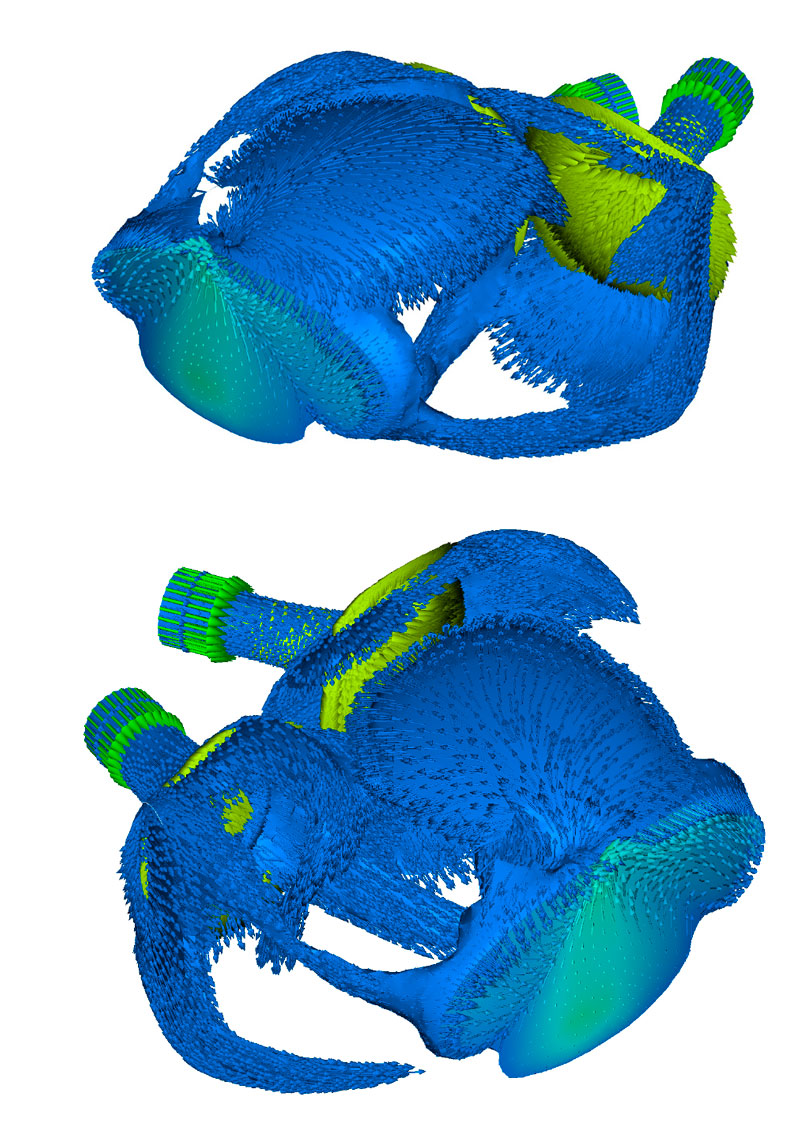
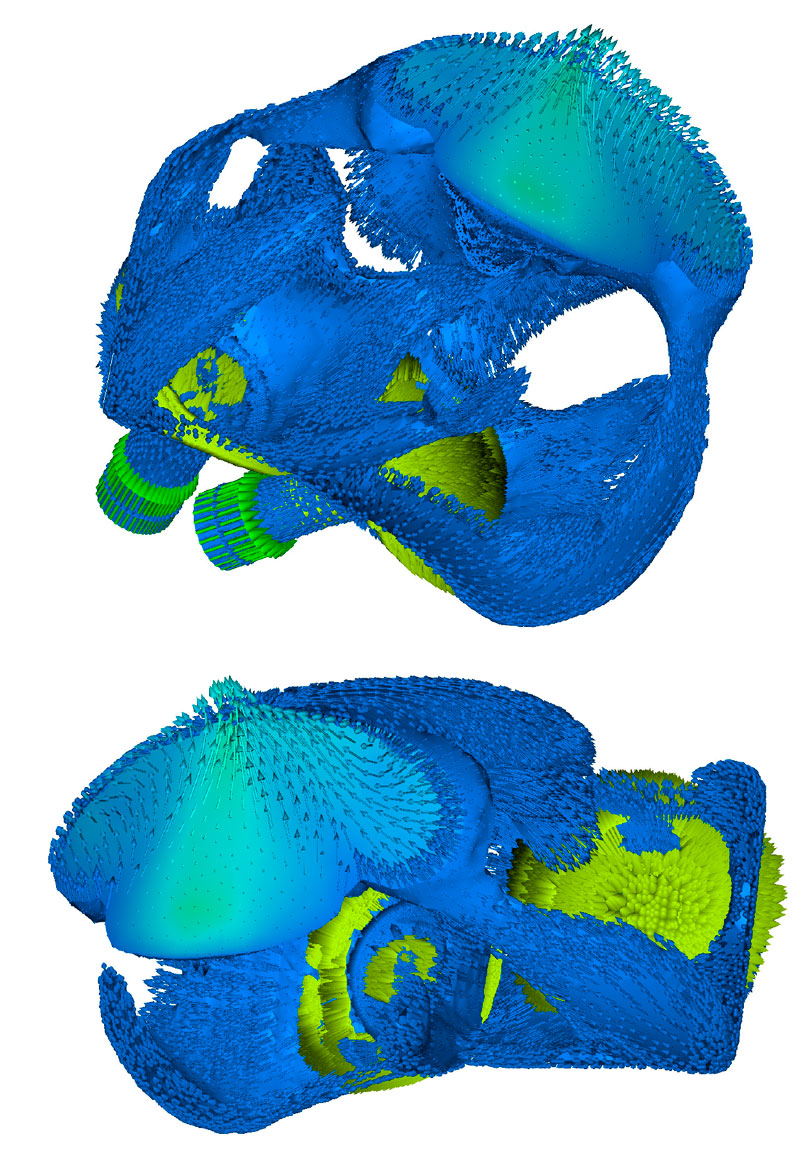
Air Temperature Model
3D solid areas represent inner spaces between 25 and 29 °C, so most of the modules’ space belongs to this category.
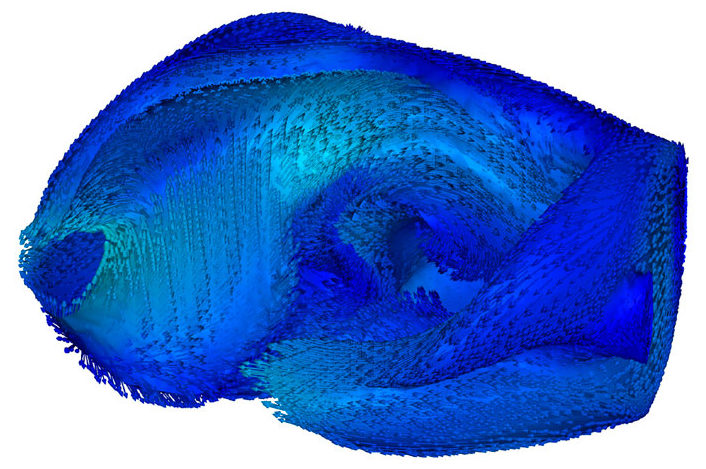
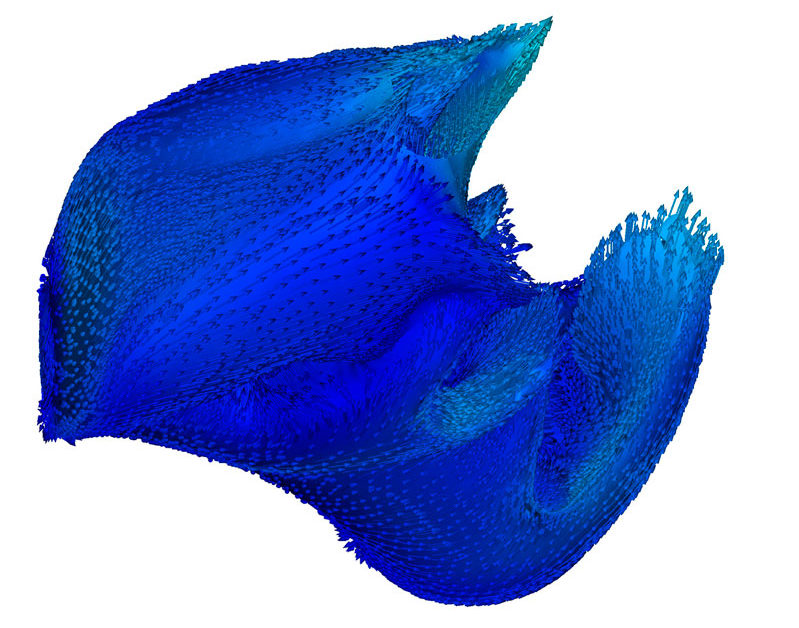
Velocity Traces Model
Pipes represent the direction of the airflow. Velocity at each location of the pipe is recorded through a gradient colour.
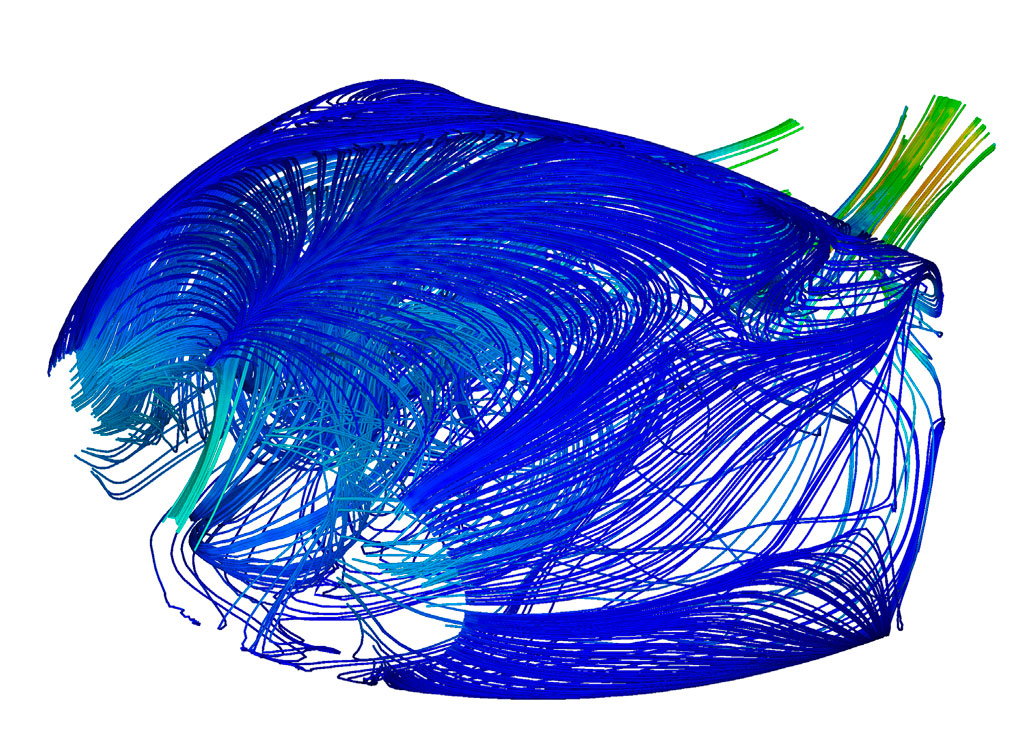
Thermal Mass & TABS system
The project is filled with fibre-reinforced concrete to achieve the required thermal mass effect to counteract Hanoi’s variable weather. The groundwater is also pumped into polycarbonate pipes that run over the concrete structure to keep it fresh in summer and hot in winter. This system will convert the structure into an active climatic agent and a thermally activated building system.

TABS System
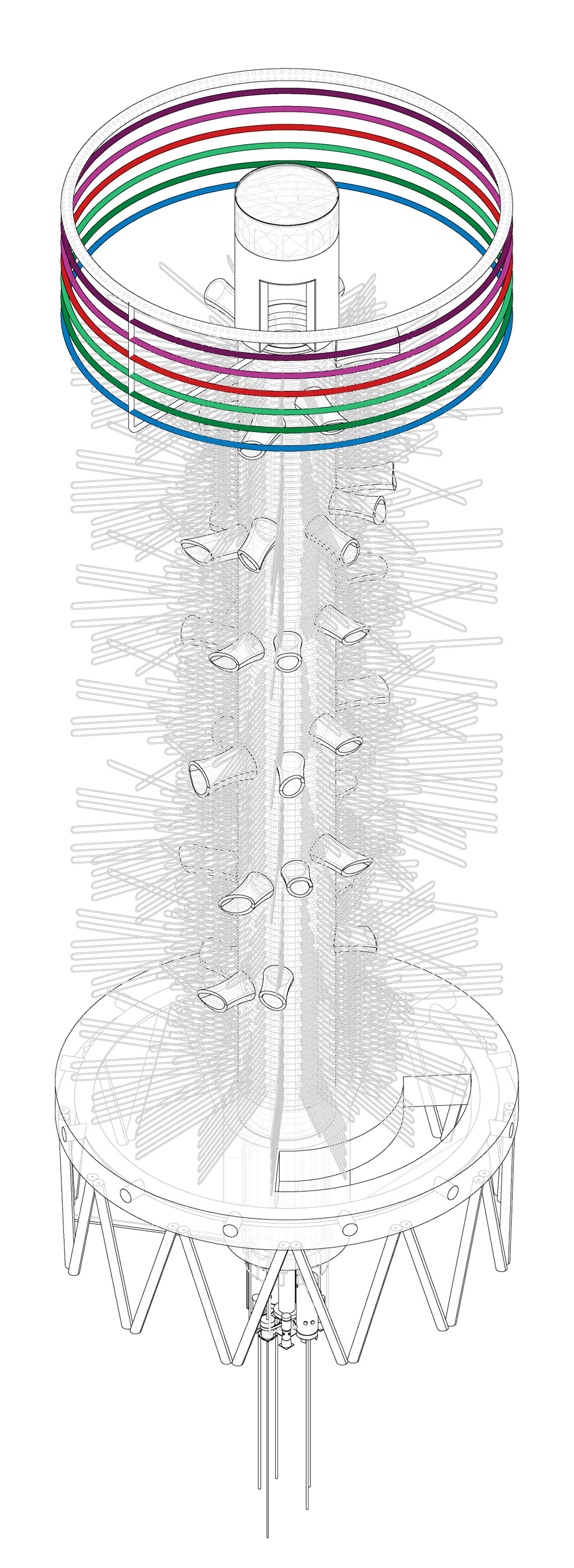
Concrete Mass
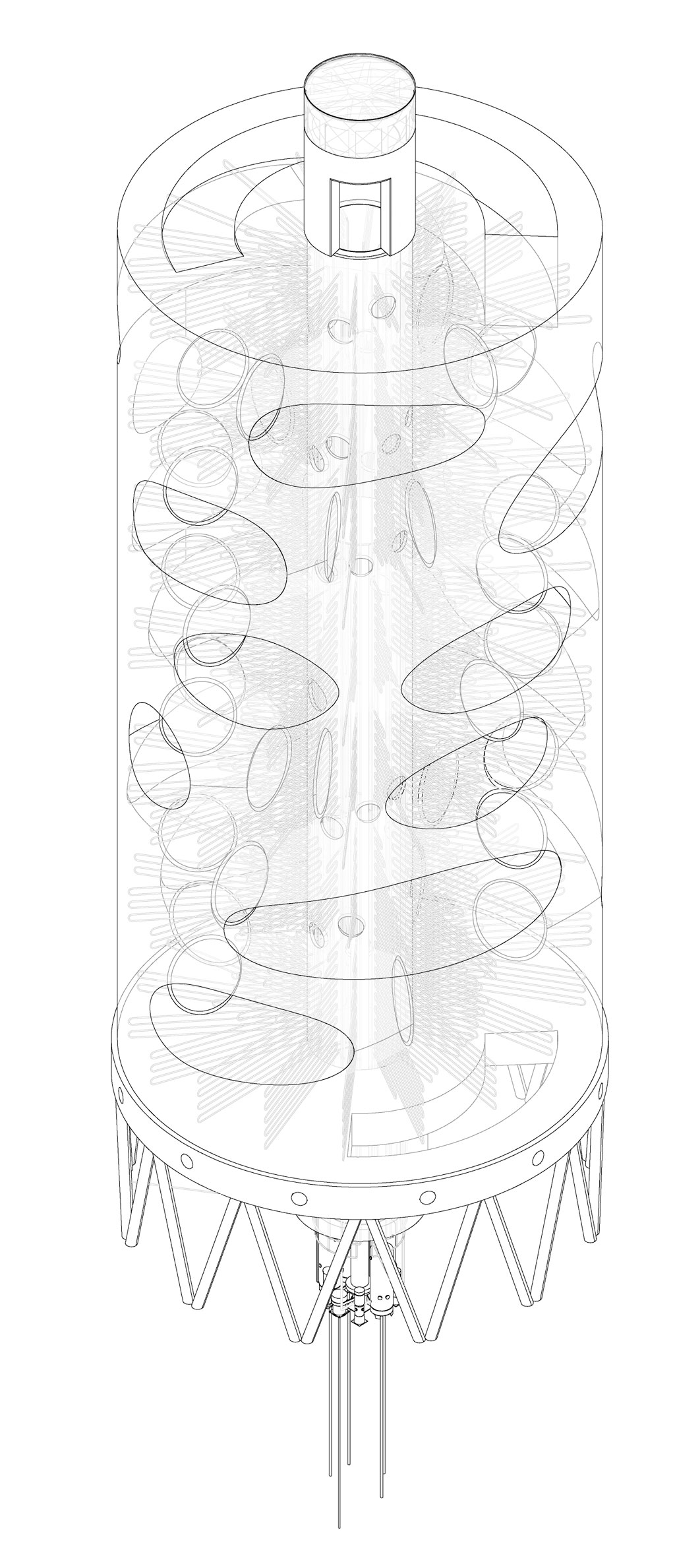
Drainage System
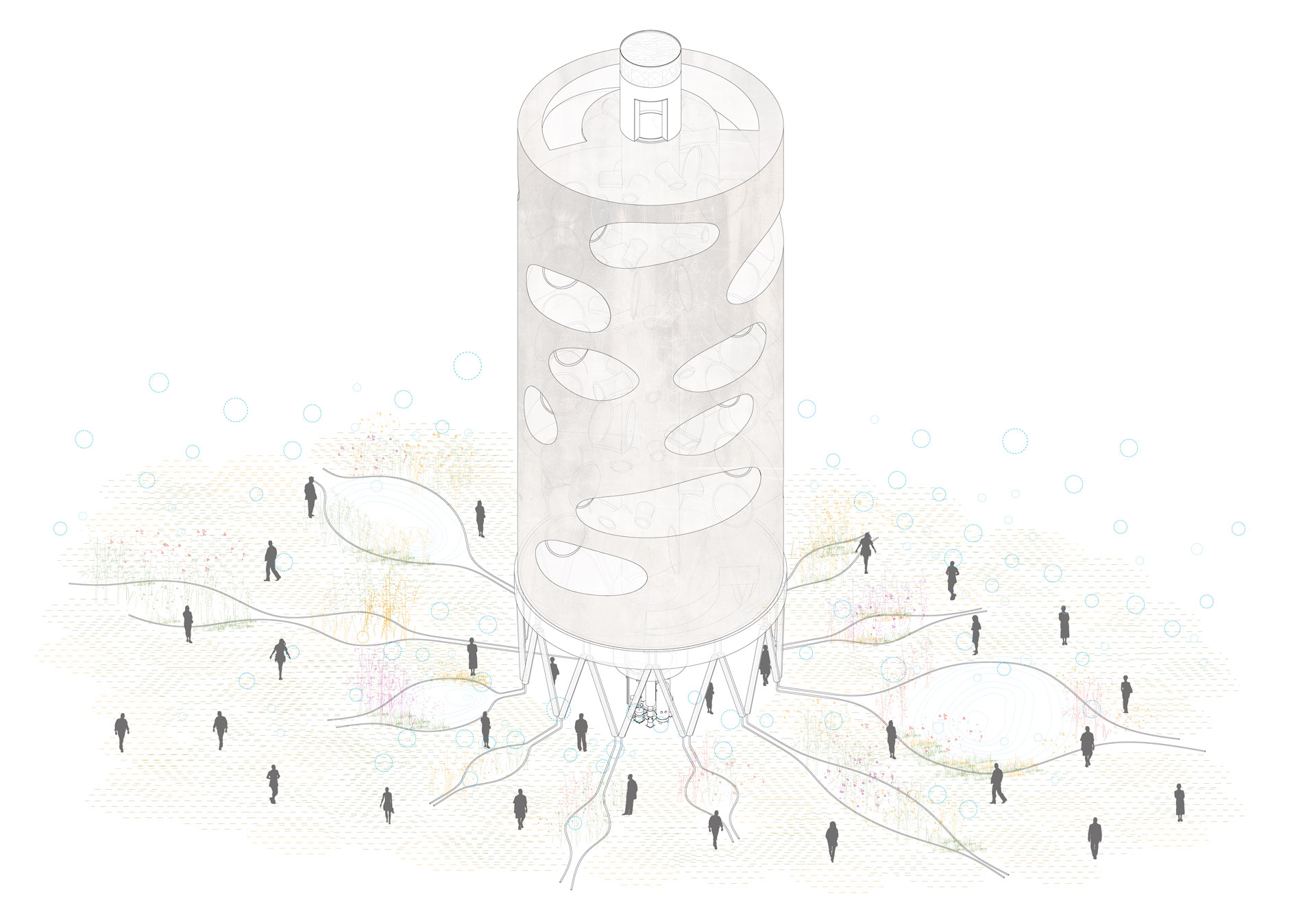
Section & Elevation
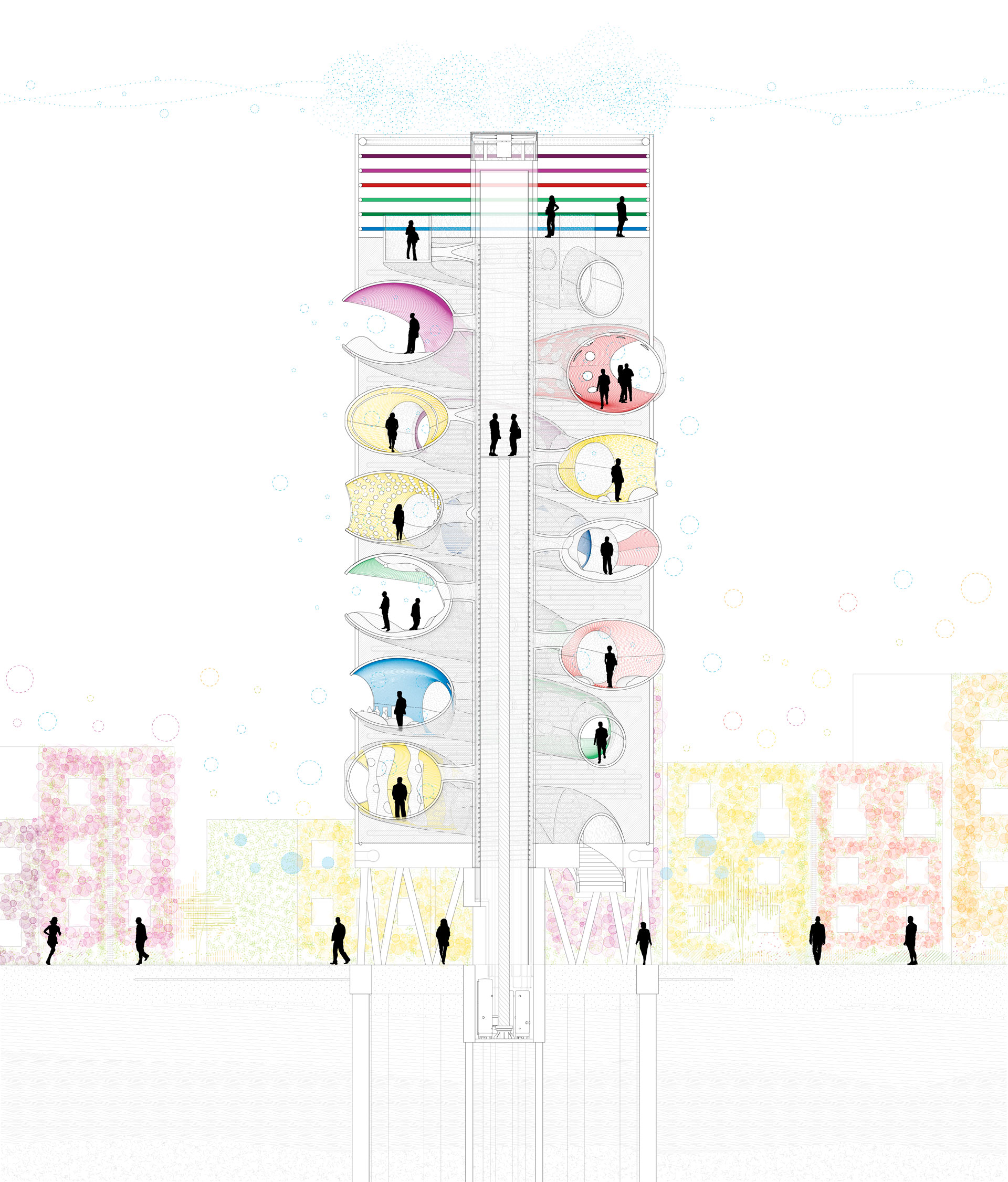
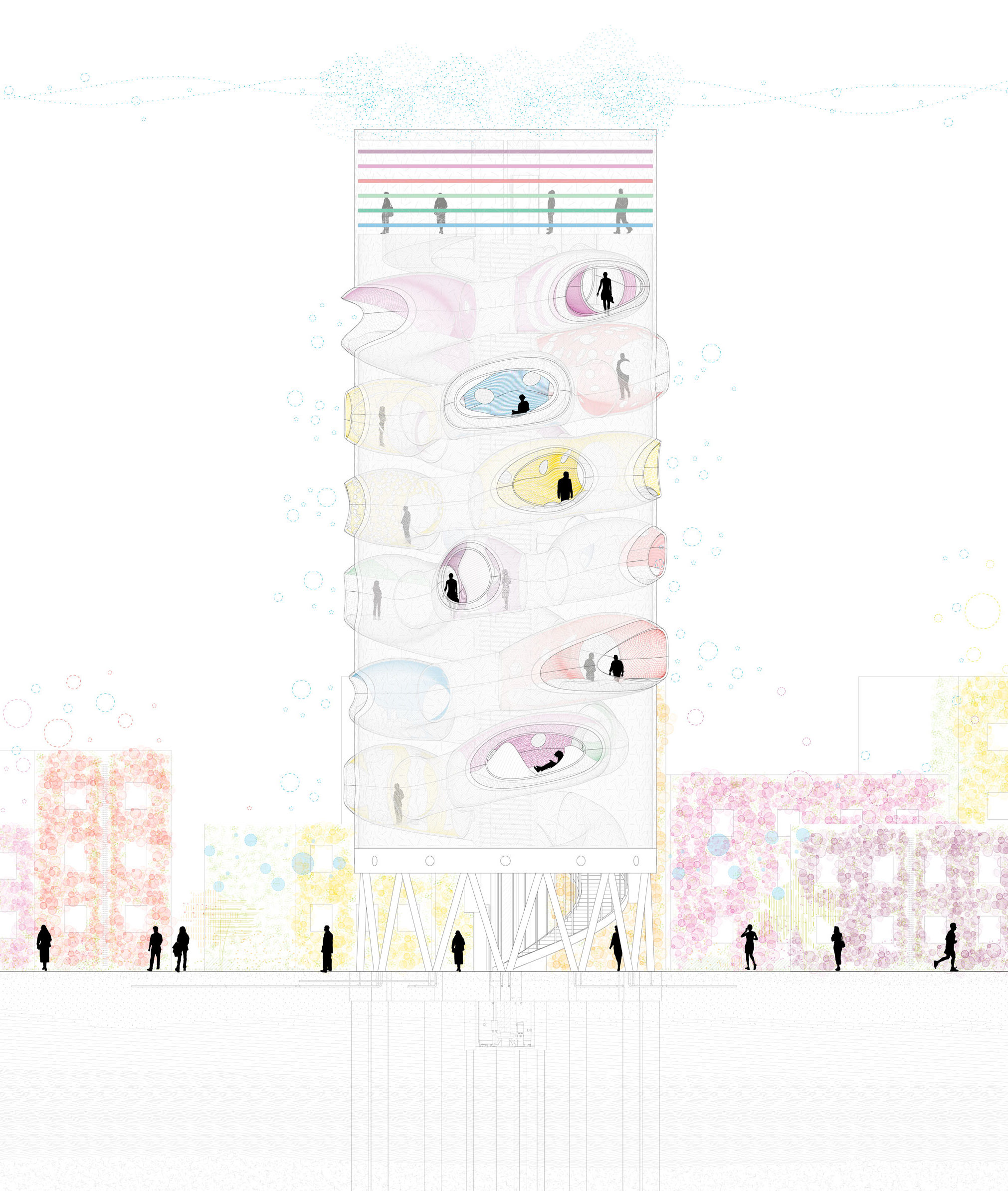
Models
Process Models
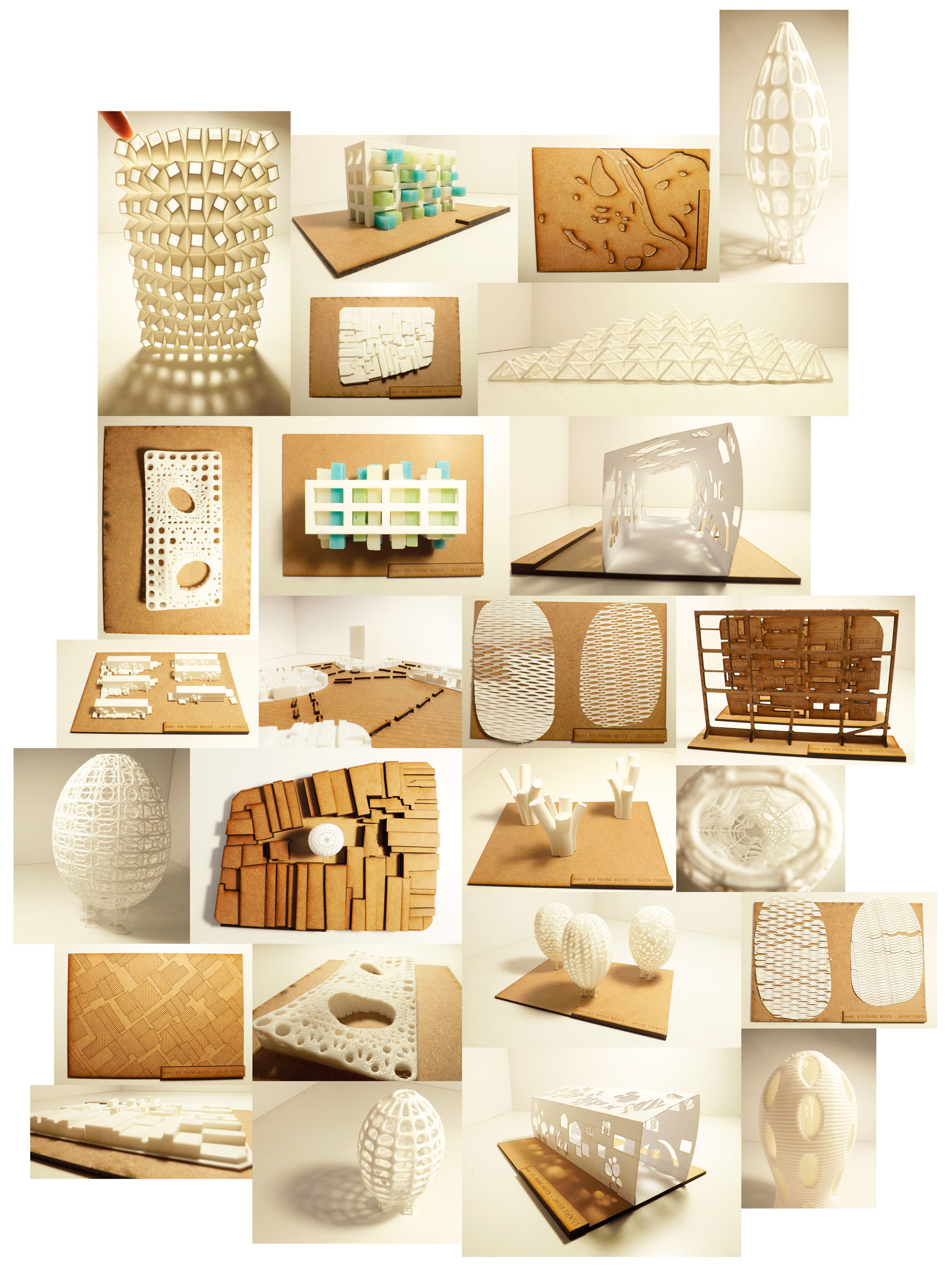
Final Model
